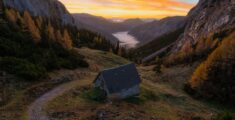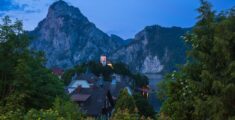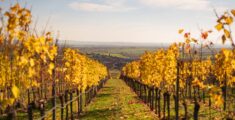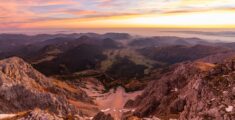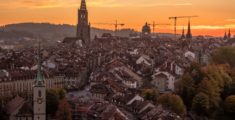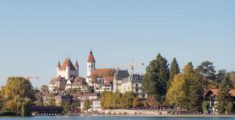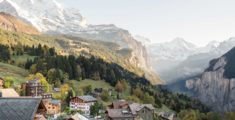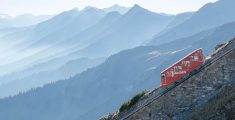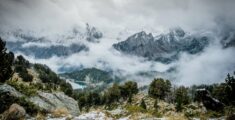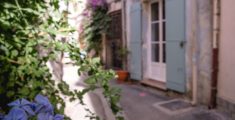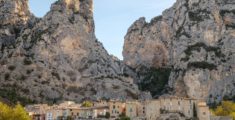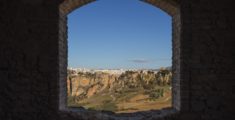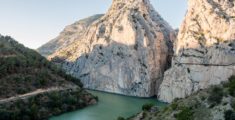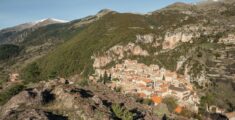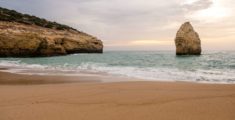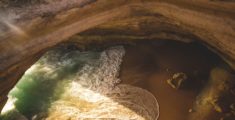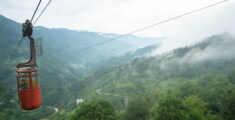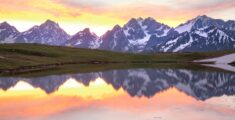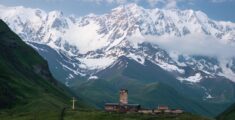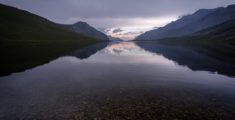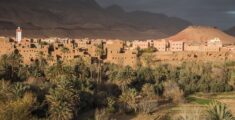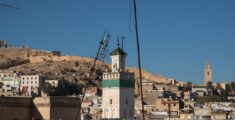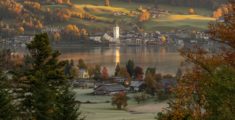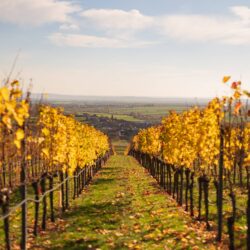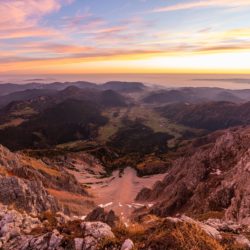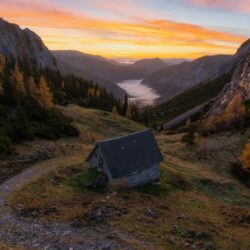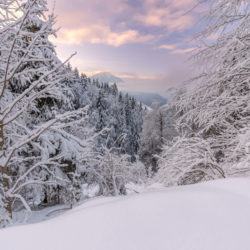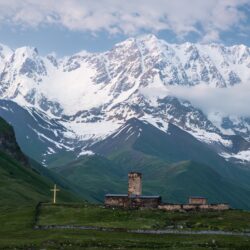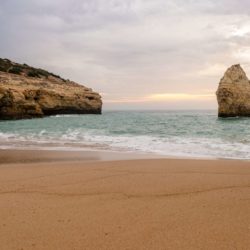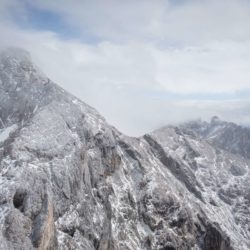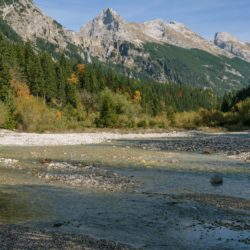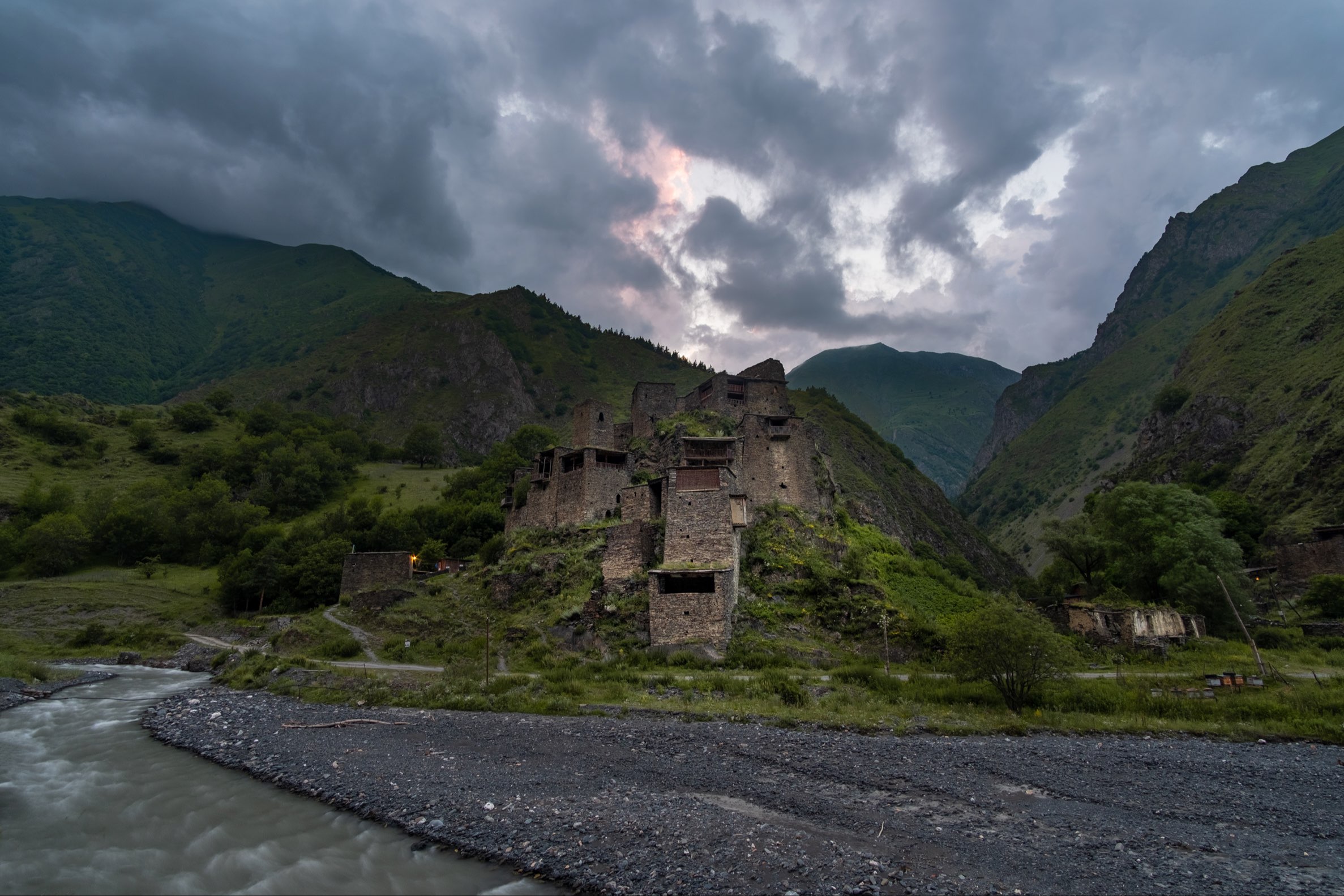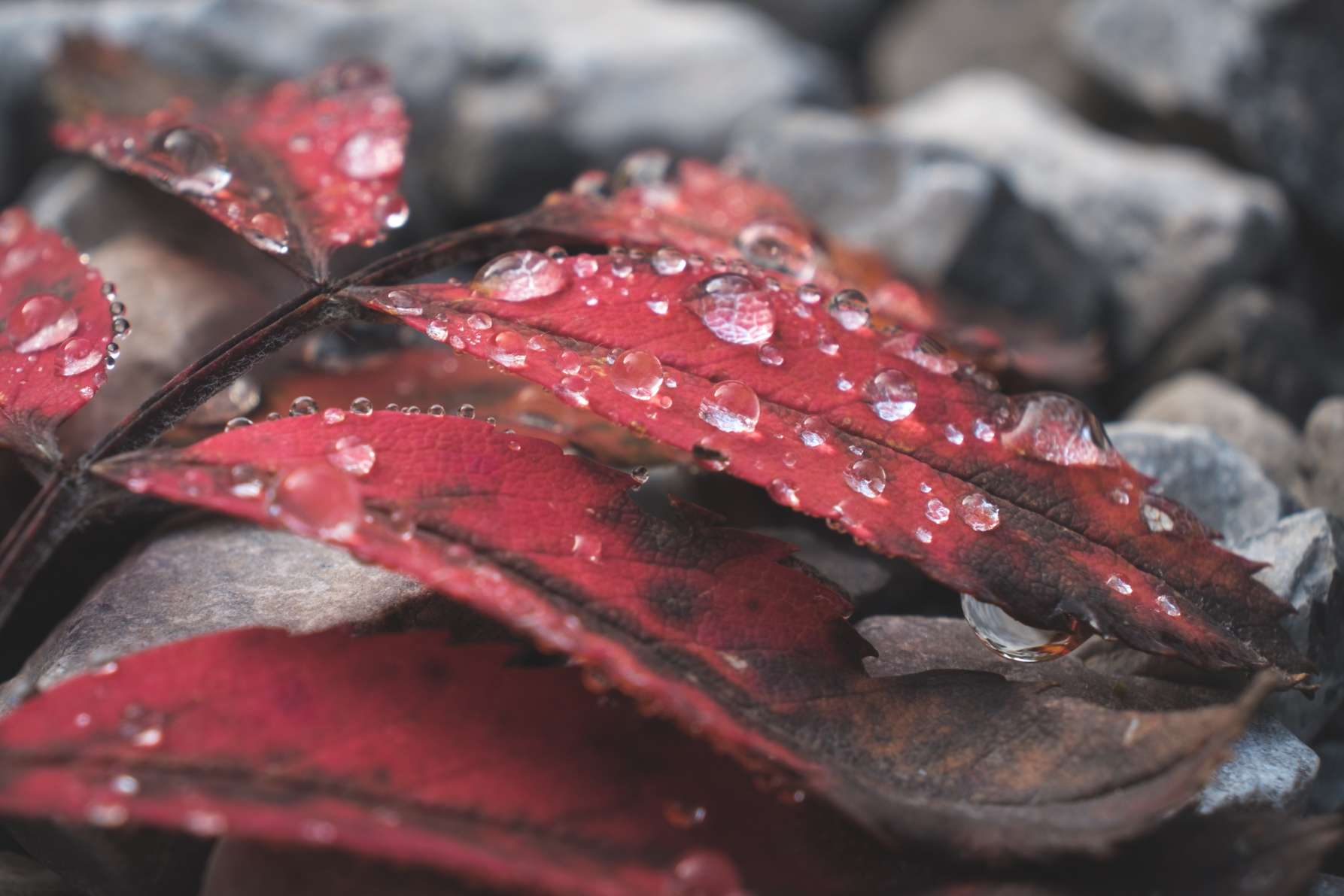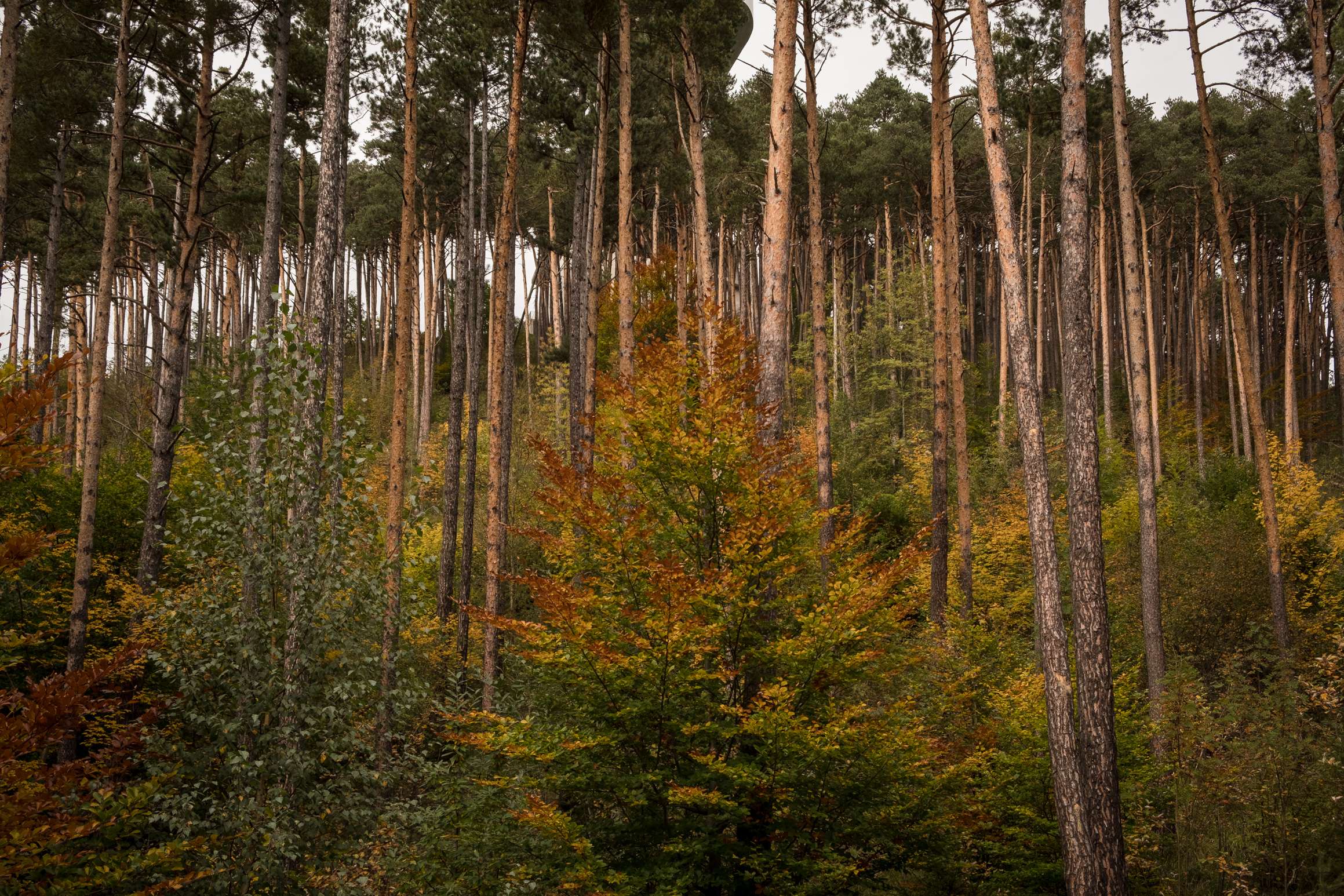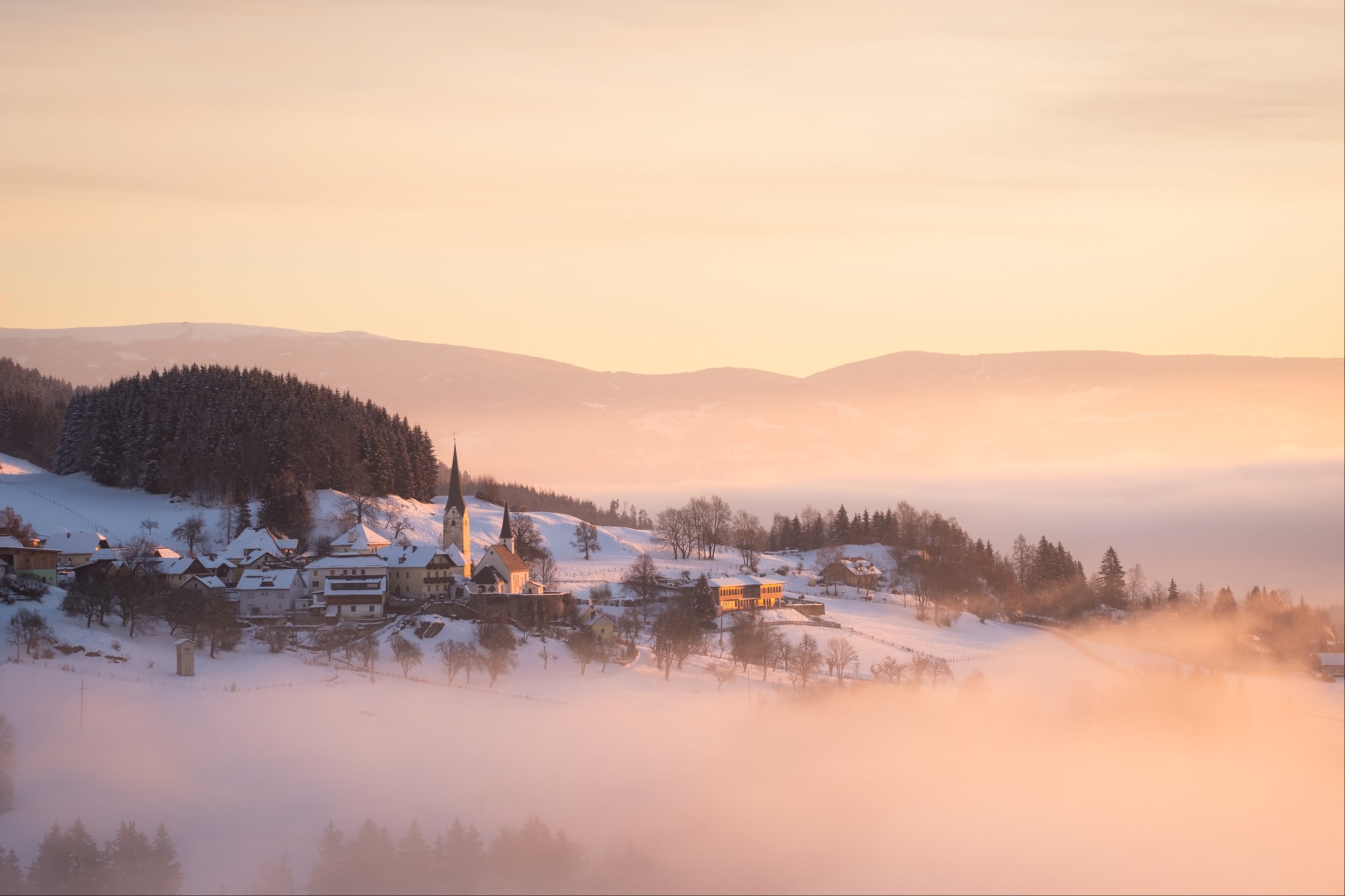11+ Austrian towns to rival Hallstatt
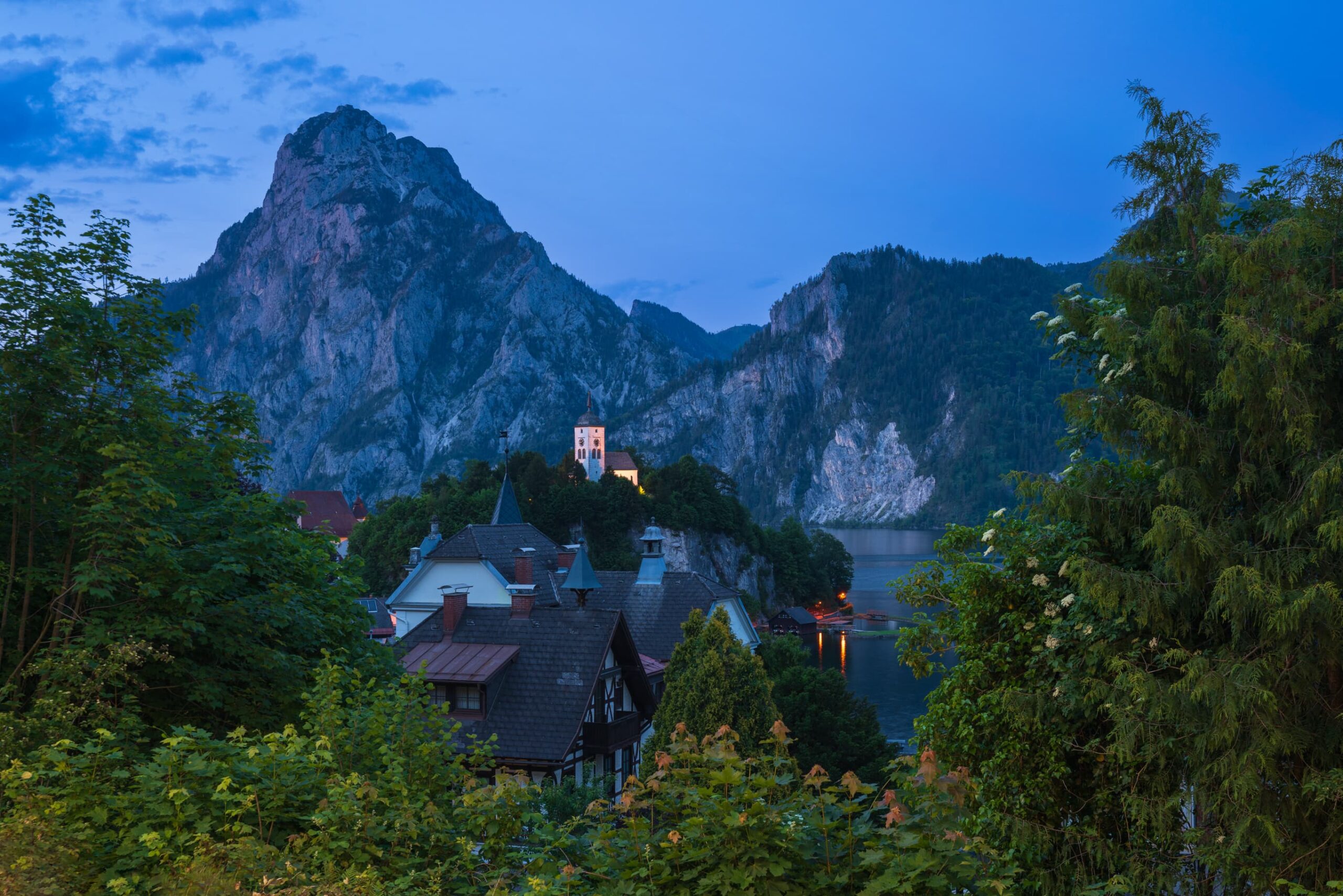
Hallstatt is one of the most popular holiday destinations in Austria, and we have to admit, we get it! The first glimpse of the port from the ferry station in Obertraun is instantly captivating. In the foreground the deep blue lake shimmers in the sunlight. The magnificent old houses with their expansive intricately decorated wooden balconies line the shore. The famous church spire rises behind, all set against the backdrop of towering mountain peaks. During our stay, Hallstatt was a sleepy little town, the narrow streets mostly empty and the shops and restaurants closed. Admittedly, our visit was in mid-November ten years ago. Much has changed in Hallstatt since then, especially during the high season.
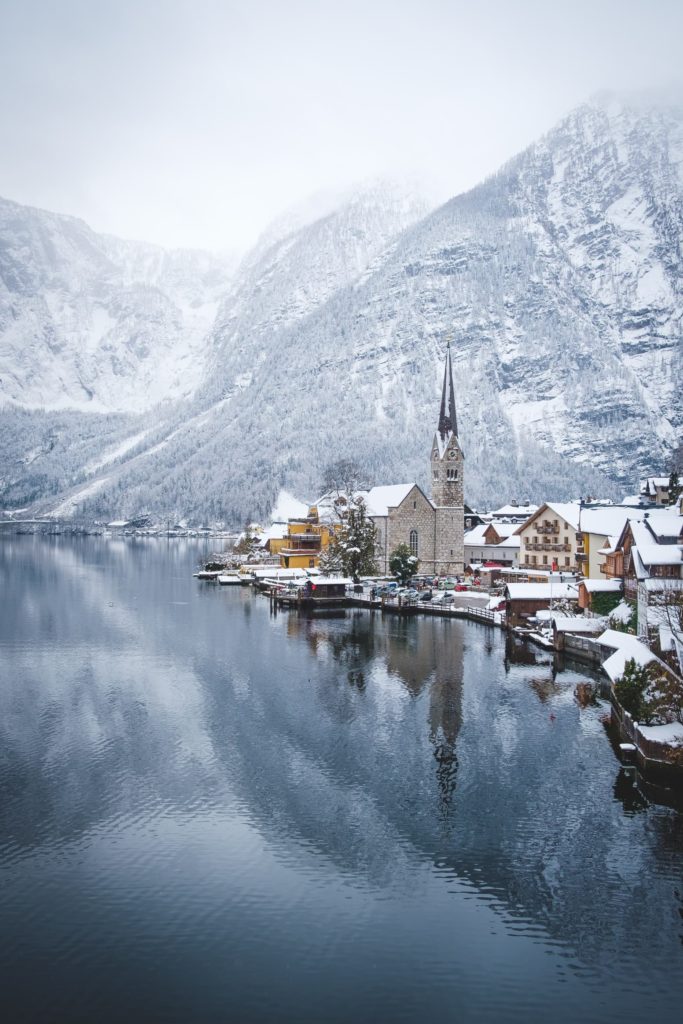
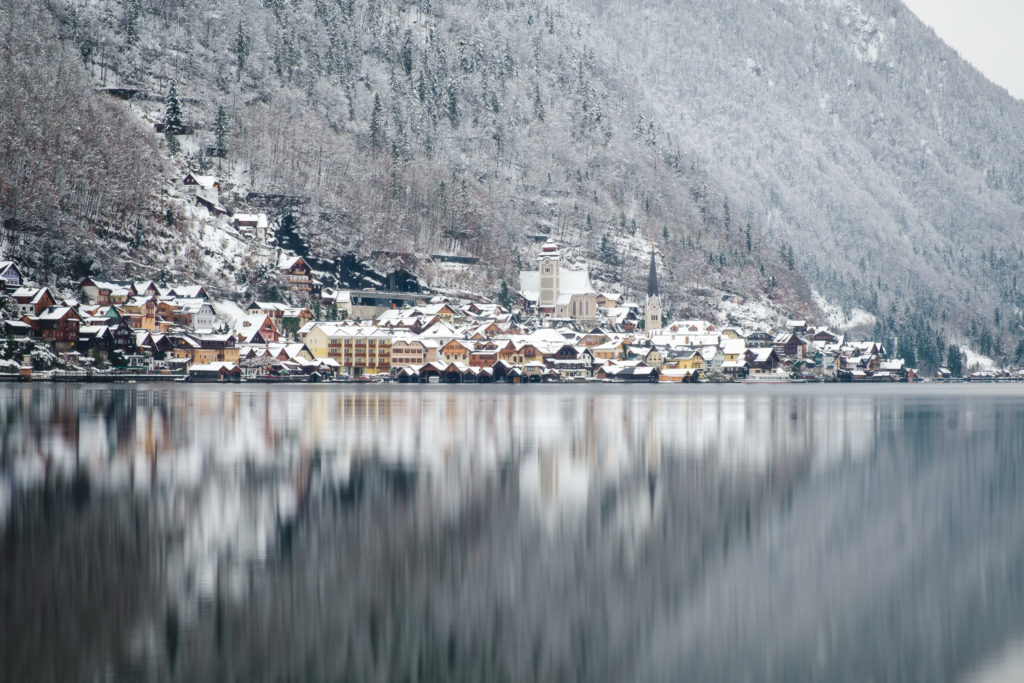
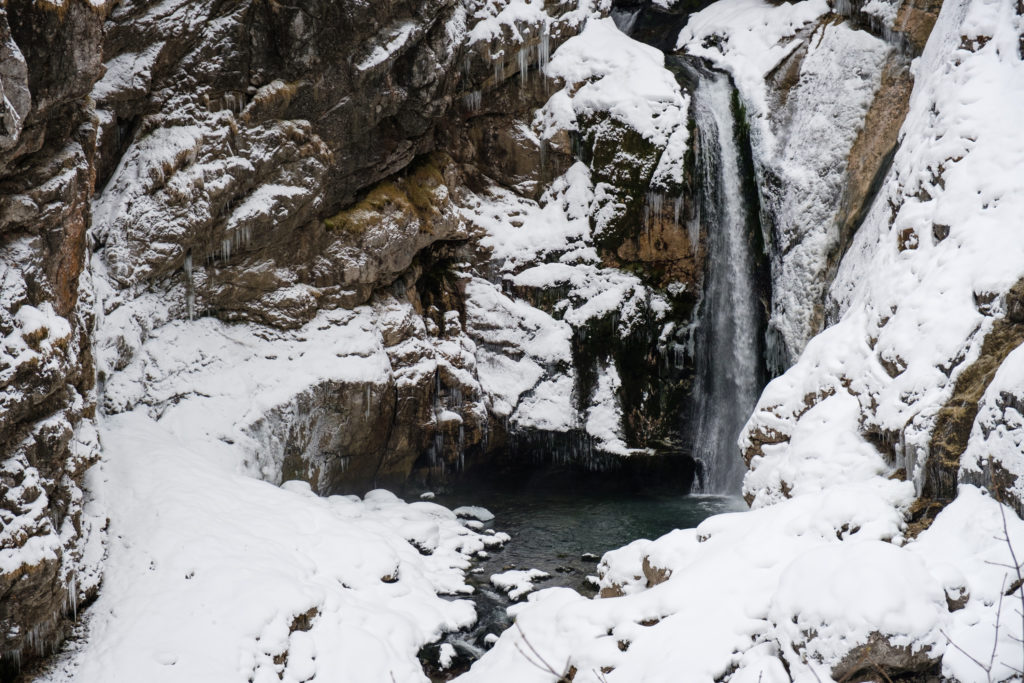
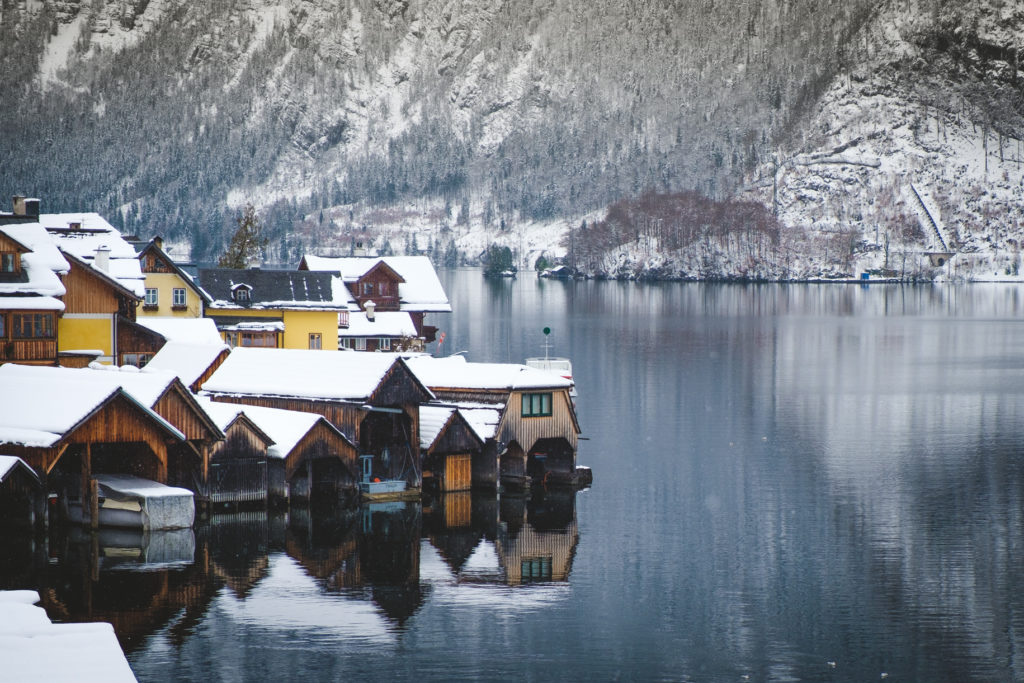
Fascination and Overtourism
Hallstatt’s popularity no longer has only positive effects. The Disneyfication of the small town is evident in the many souvenir shops. Hallstatt has even been replicated in China. The locals groan about the crowds that have taken over their home. But why Hallstatt, of all places? The magic of the town is undeniable, but as someone who has traveled extensively through Austria, there are countless other small towns that boast the same charm. So here we present to you our list of beautiful towns that rival Hallstatt. There are many beautiful towns and villages in Austria and we can’t list them all: so we employ a strict criteria for villages in this list:
- It must be cute and fairly small
- There must be a body of water close by, for example a river or lake
- There should be mountains
- There has to be a church (it’s basically impossible to find a village without one in Austria anyway)
Let’s start with one of our favourites, located just around the corner from Hallstatt, St. Wolfgang.
St. Wolfgang im Salzkammergut
Granted, St. Wolfgang isn’t exactly a well-kept secret. Situated right on Lake Wolfgang at the foot of Schafberg, it attracts numerous tourists. The difference from Hallstatt, however, is that it’s not as noticeable. Perhaps this is simply because the influx of visitors is better distributed around Lake Wolfgang. St. Gilgen, Strobl, and countless nearby attractions like the Schafberg Railway mean that while many people visit St. Wolfgang, they don’t just stay in the town itself. Hallstatt could benefit from something similar—Bad Aussee and Bad Goisern are just around the corner and equally interesting.
In reality, most visitors take the bus to the Hallstatt parking lot, wander around the town, snap a few selfies, and then leave. If someone makes it to the salt mine or takes the Krippenstein cable car up Dachstein, that’s already unusual. In St. Wolfgang, it’s different. The place is much more relaxed but still offers the same traditional Austrian architecture and a beautiful lakeside setting.
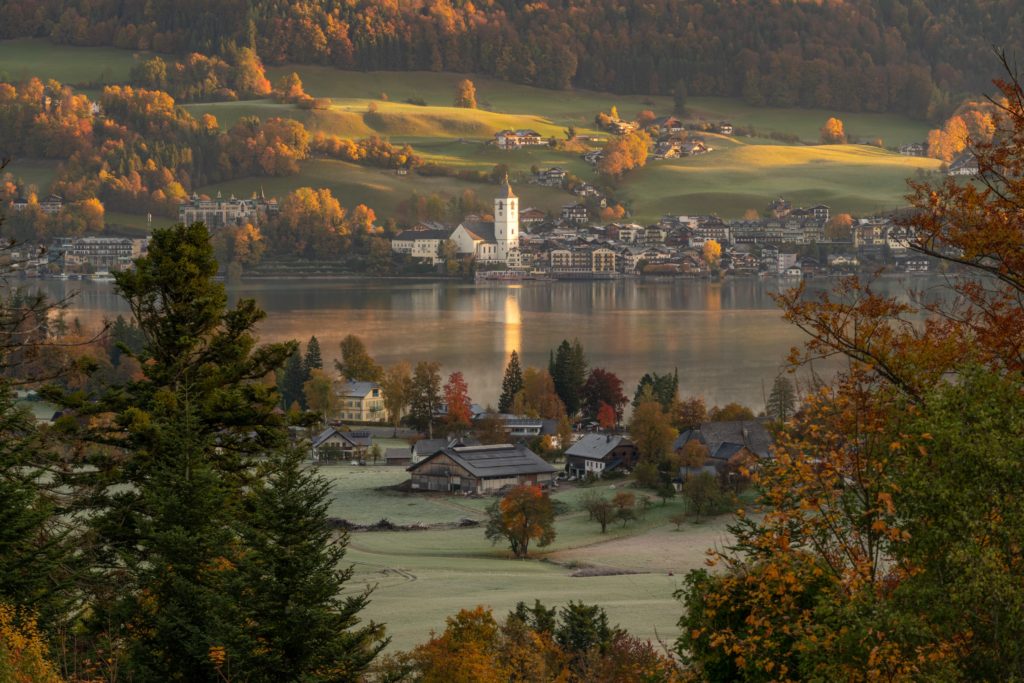
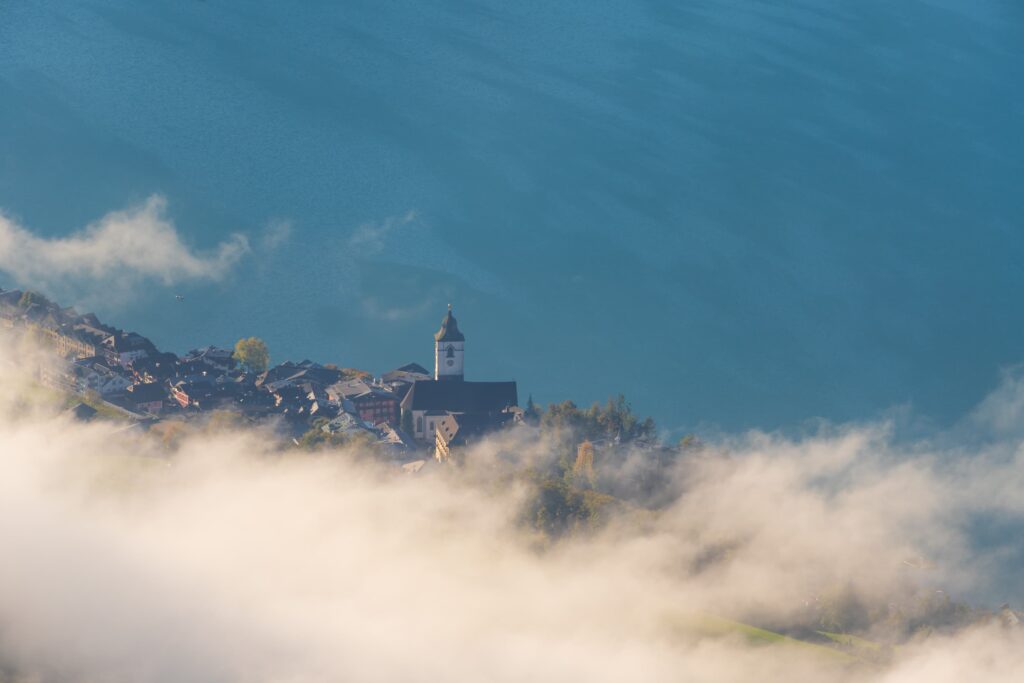
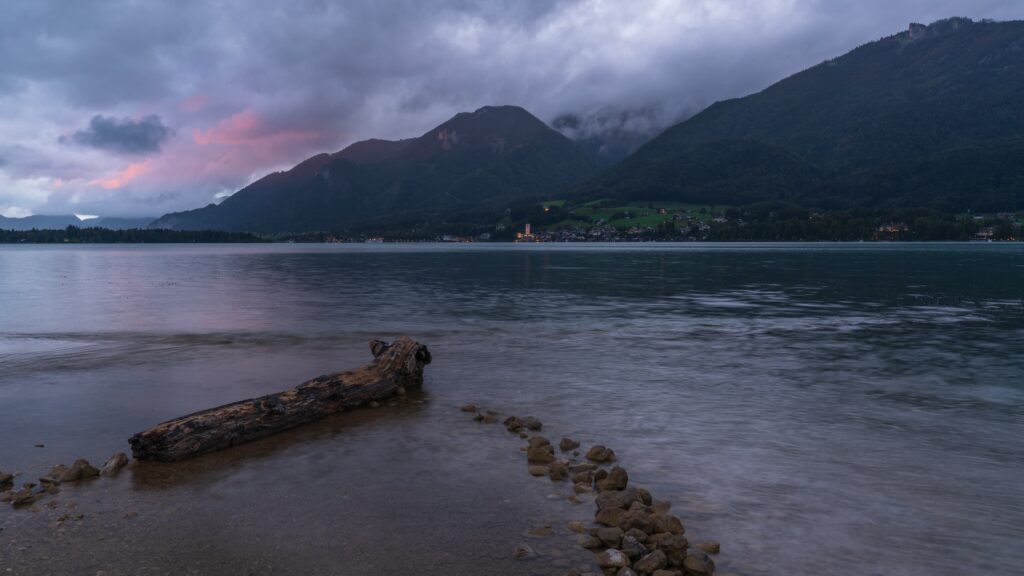
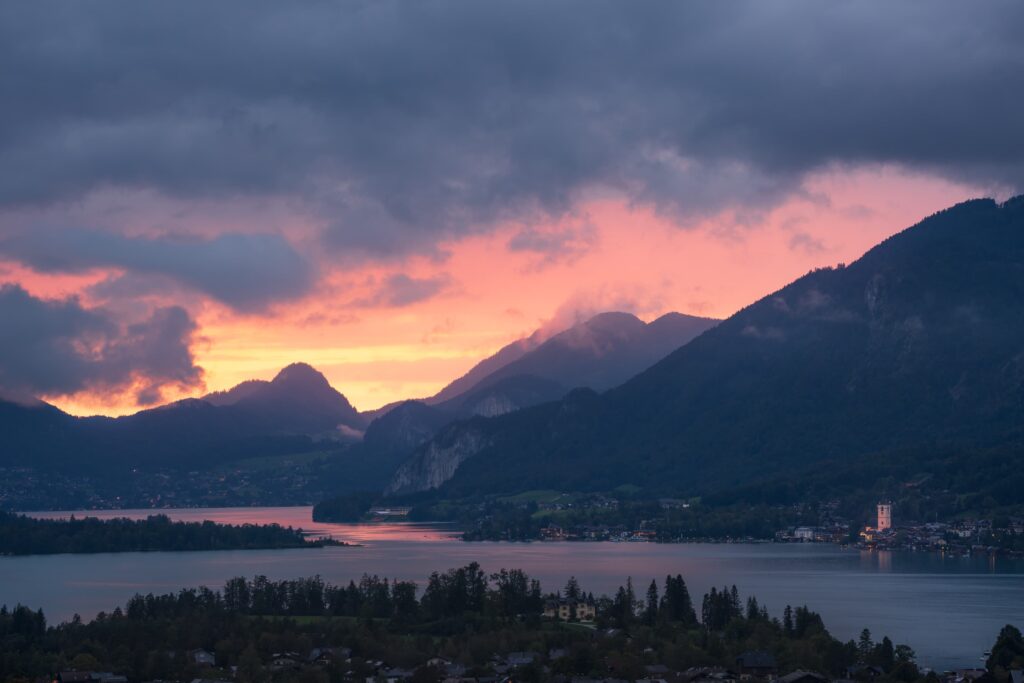
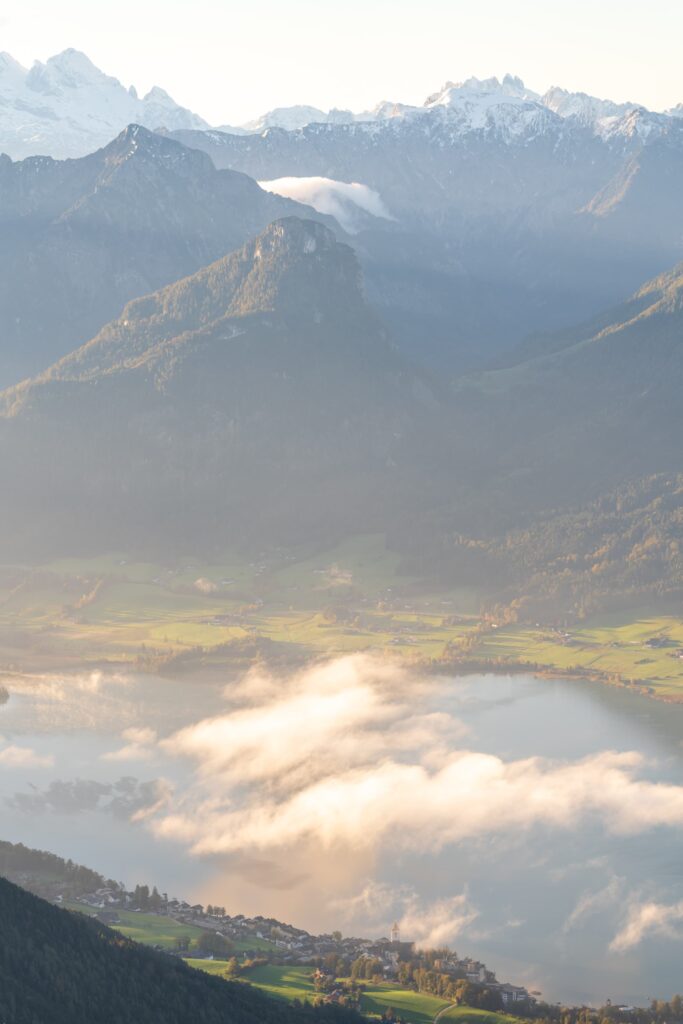
I took the photos above either from the Schafberg mountain or from various hiking trails on the other side of the lake. On our first visit to Wolfgangsee, while hitchhiking through Europe, we found ourselves completely captivated. There is a hell of a lot to see around Wolfgangsee:
- Schafbergbahn – A narrow gauge cog railway travelling all the way to the top of Schafberg with views over the whole Salzkammergut. Visit our post about Wolfgangsee to get more details.
- A chapel in the rock – Close to St Gilgen you can hike to a chapel built directly into the rock face. There are also some nice views points in the area. Check out this hike or this one which is a bit easier.
- Strobl board walk round – A romantic walk around the small Bürgl mountain on wooden boardwalks with peddle beaches.
- Zwölferhorn cable car – It’s open all year round and there are hiking trails for all seasons. Check the website for more details.
- Secret beach – We found this while walking from Strobl. Maybe it’s not a secret but we visited twice and there was no there both times.
- Plenty of other hiking trails. Some that we enjoyed:
Traunkirchen
Traunkirchen is one of Aydin’s favourite villages, in fact we pretty much always stop here when driving through. A quick swim when it’s warmer, or a coffee by the lake when it’s cooler. It’s quite possibly one of the lesser visited lakes in the Austrian lake district (Salzkammergut). Although, on nice days Traunkirchen can get pretty busy – it is tiny though so that doesn’t take much.
The setting itself is spectacular. This tiny village sits on a small peninsula that juts out from mountains diving from the clouds into the depths of the lake. The mountain of the same name, Traunstein, ultimately towers above. Nicknamed the guardian of the Salzkammergut, it owes its reputation to its strategic position at the edge of the Alps and its infamous steep slopes.
Honestly, there is an incredible amount of things to write about for this little area, it truly deserves its own post which we will get to in the future. However, some of our favourite things in the area are:
- Hiking Traunstein for incredible views over the landscape – this is not an easy hike so please do your research before attempting this.
- Cycling and swimming in the lake
- Eating ice cream and relaxing in Traunkirchen
There are a bunch of other gorgeous smaller alpine lakes in vicinity such as Langbathsee, Laudachsee & Offensee.
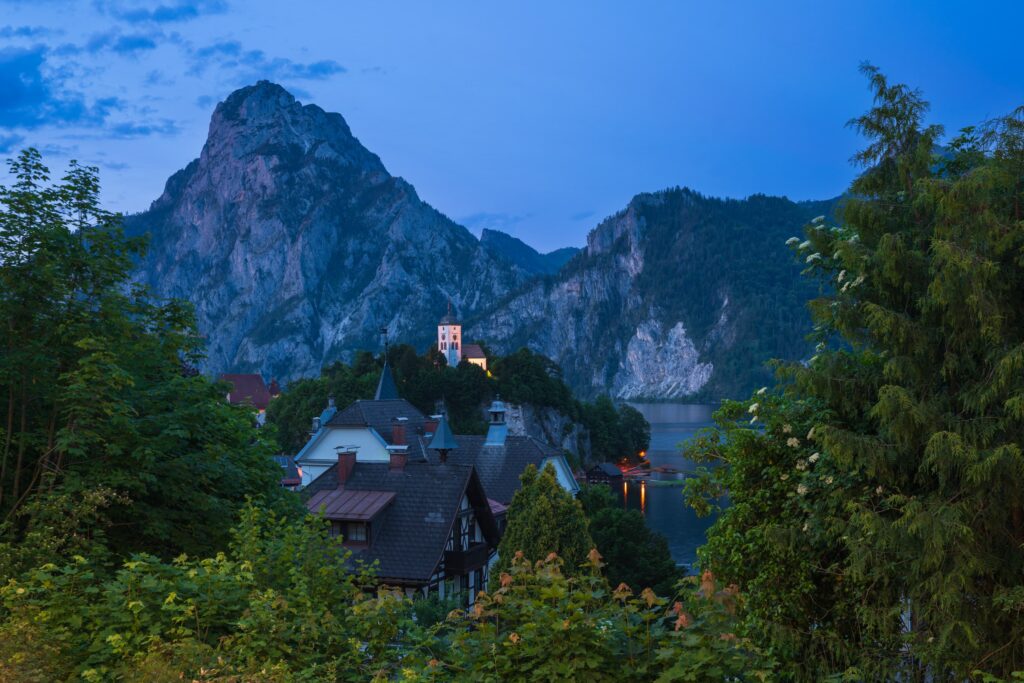
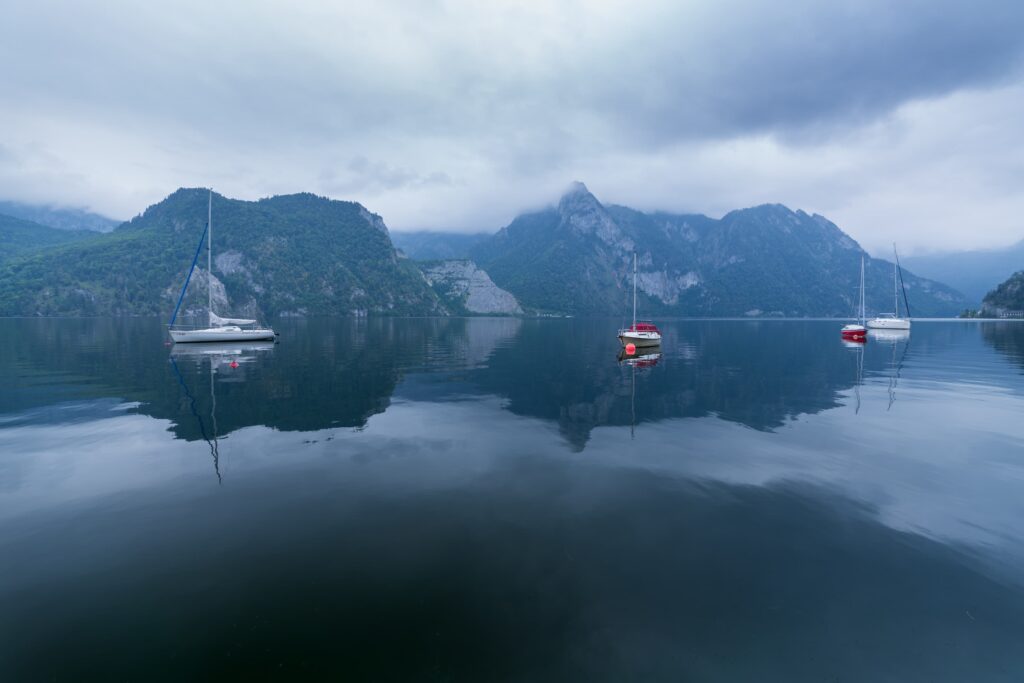
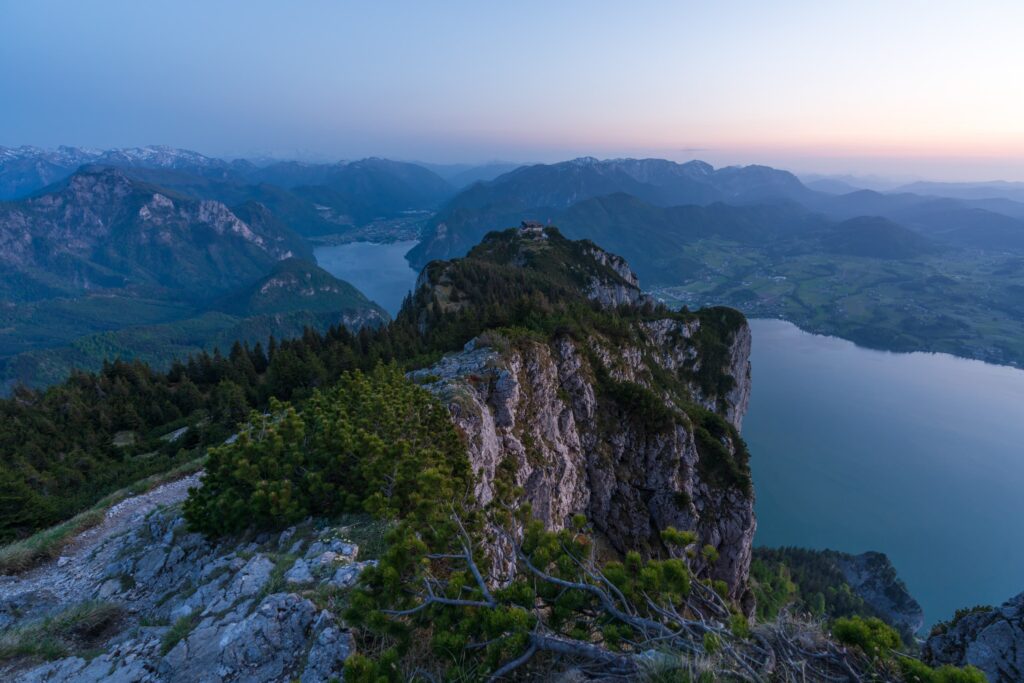
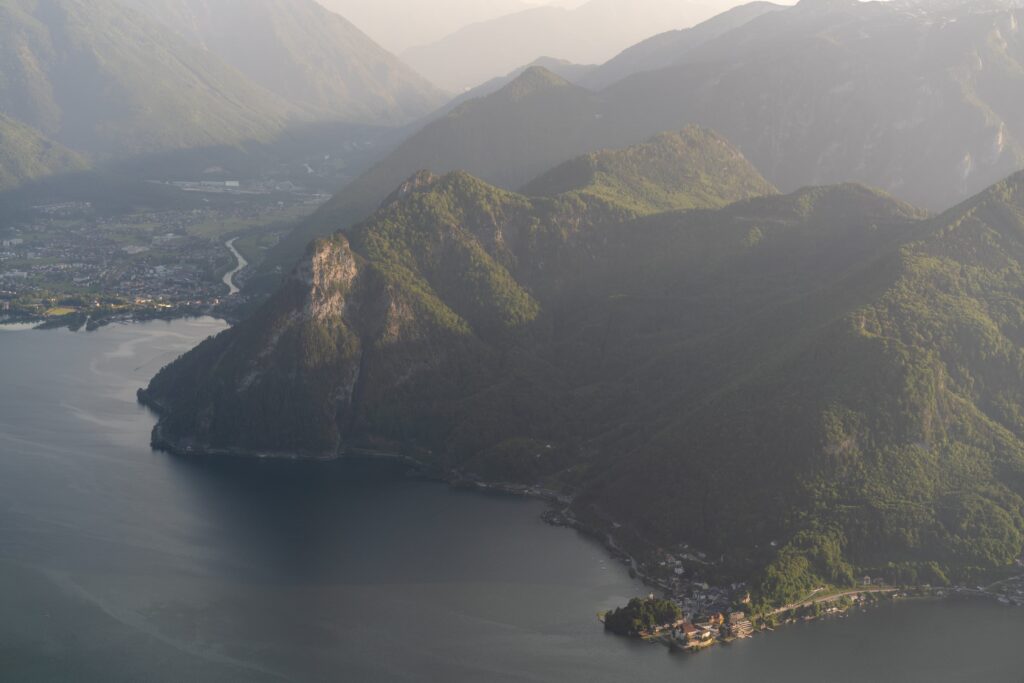
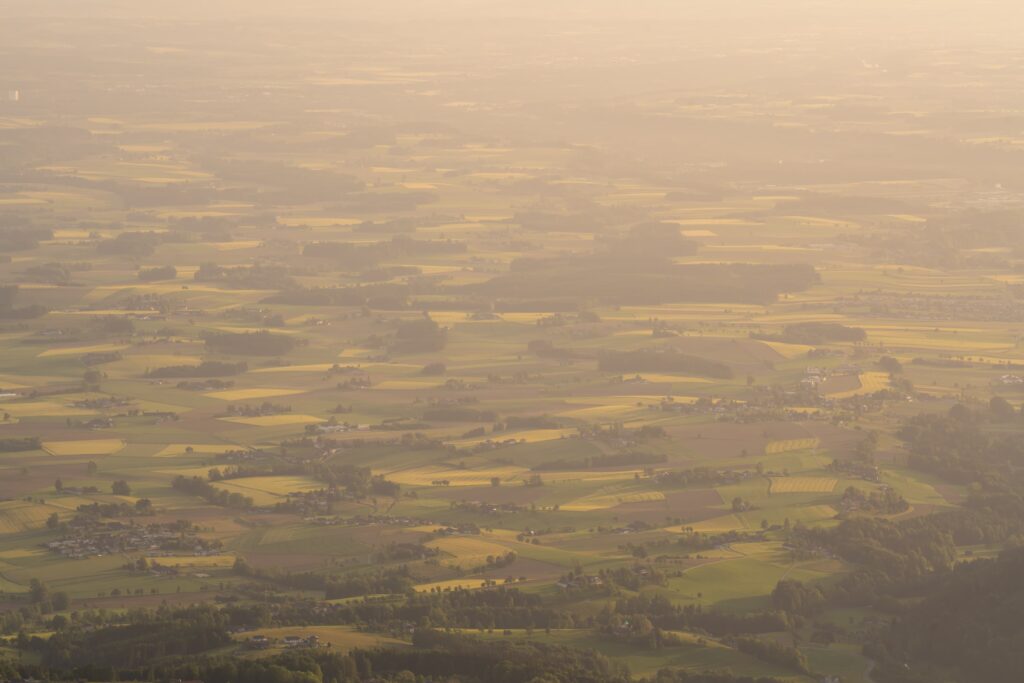
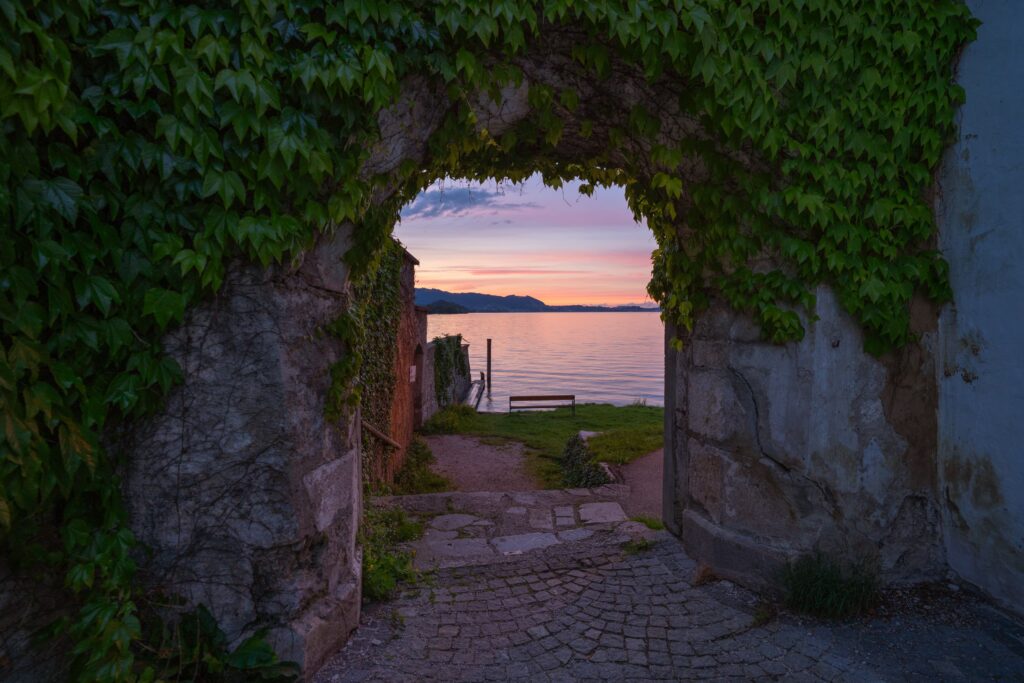
More from Austria
Grundlsee
Grundlsee is one of the smaller lakes in the Salzkammergut, but it still packs a punch. There are some fantastic hiking opportunities here. The “main” village here, Brauhof, has some really special buildings, and also the surrounding villages for that matter. During out last visit we walked around for a few hours, marvelling at the intricate wooden balconies, flower arrangements and wonky buildings, gasping wowww every few minutes. We’re yet to stay on the lake itself, since, well, it’s rather pricey and always booked out. For us who like to take spontaneous trips, it’s not a good fit!
Worth noting is that Grundlsee is just a thirty minute drive from Hallstatt, a spectacular drive at that. Although, pretty much every drive in the area is. You can also park directly on the lake and don’t even have to get out of the car to enjoy the view. Please note that we don’t particularly think this is a good thing but we can’t argue it’s not convenient.
Grundlsee has some interesting history with the Nazis too, including sunken treasure and Hitler’s library.
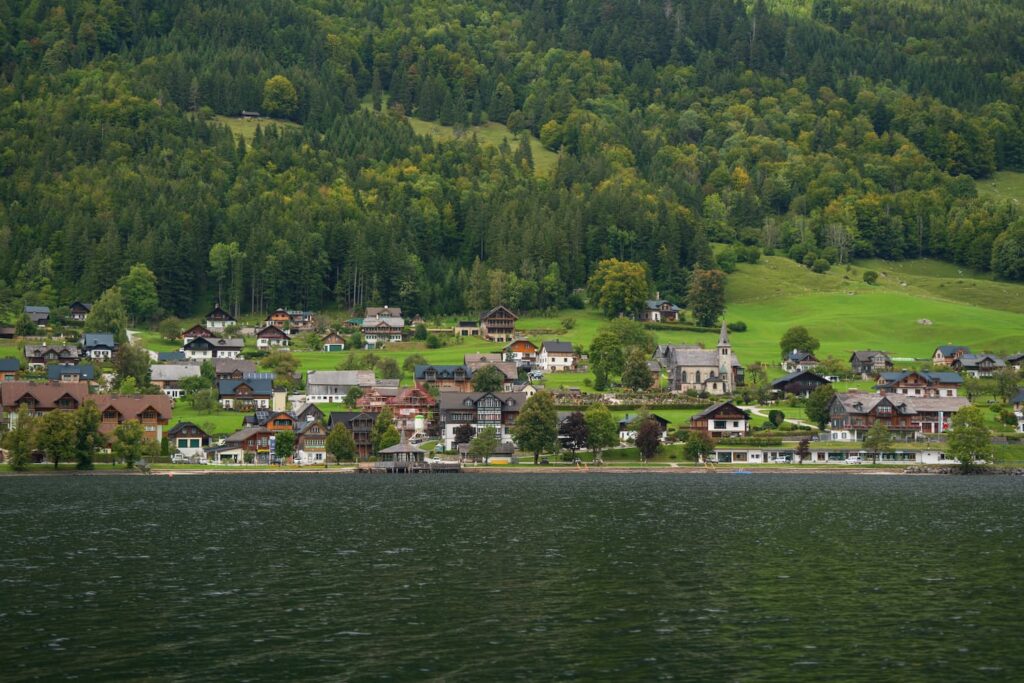
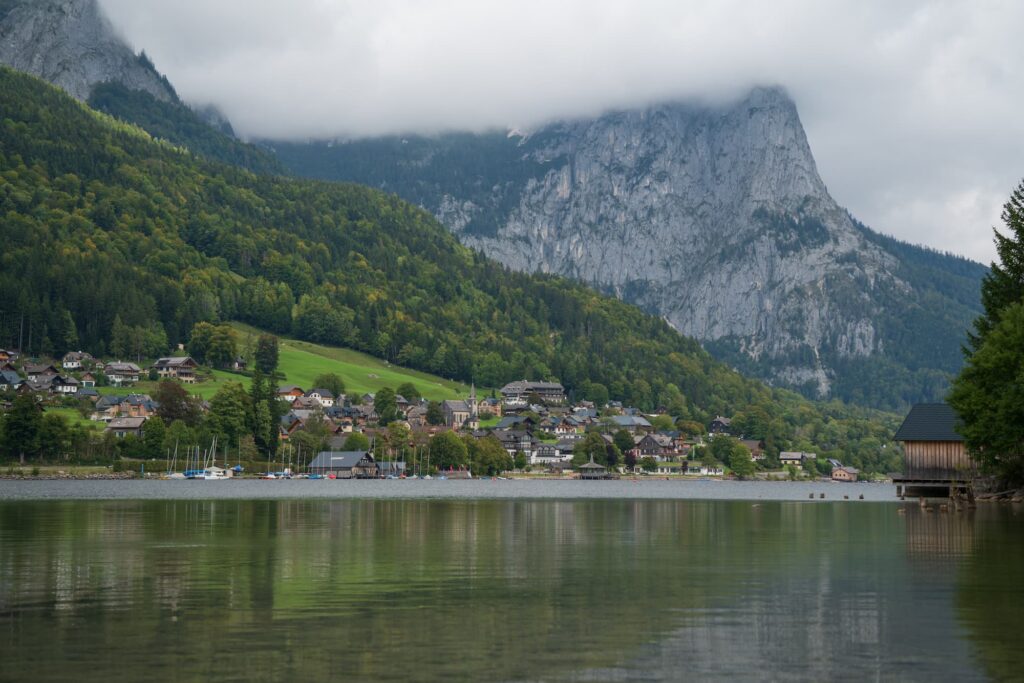
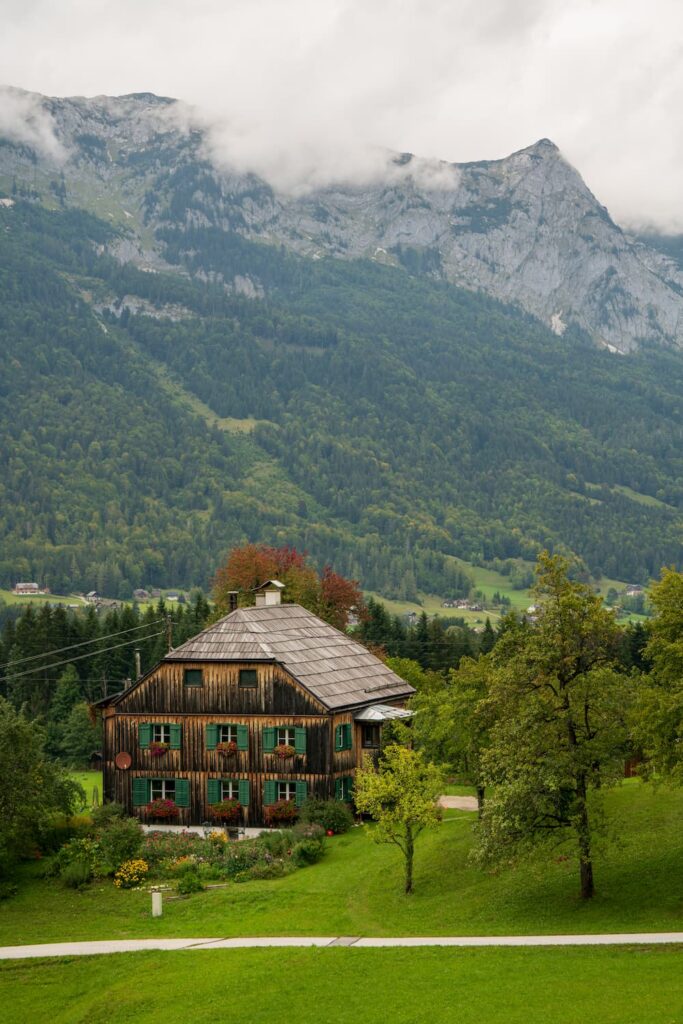
The rest of Salzkammergut
There’s a whole host of other nice villages in Salzkammergut, but if we keep on at this rate, the whole post will only be Salzkammergut villages. So, we will give you some pics and inspiration, you go and explore!
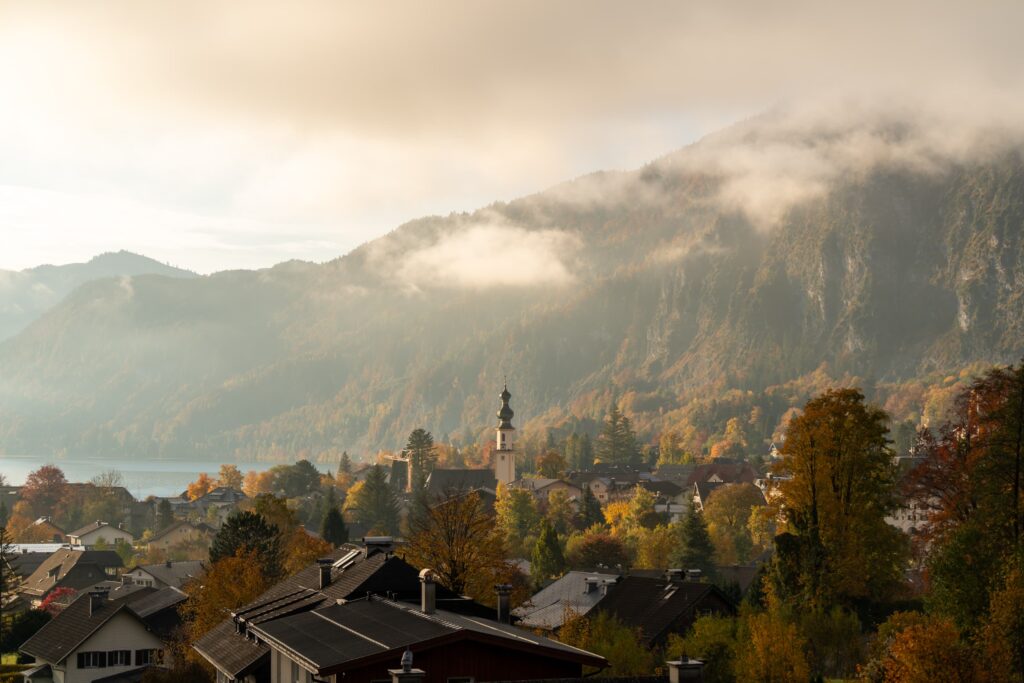
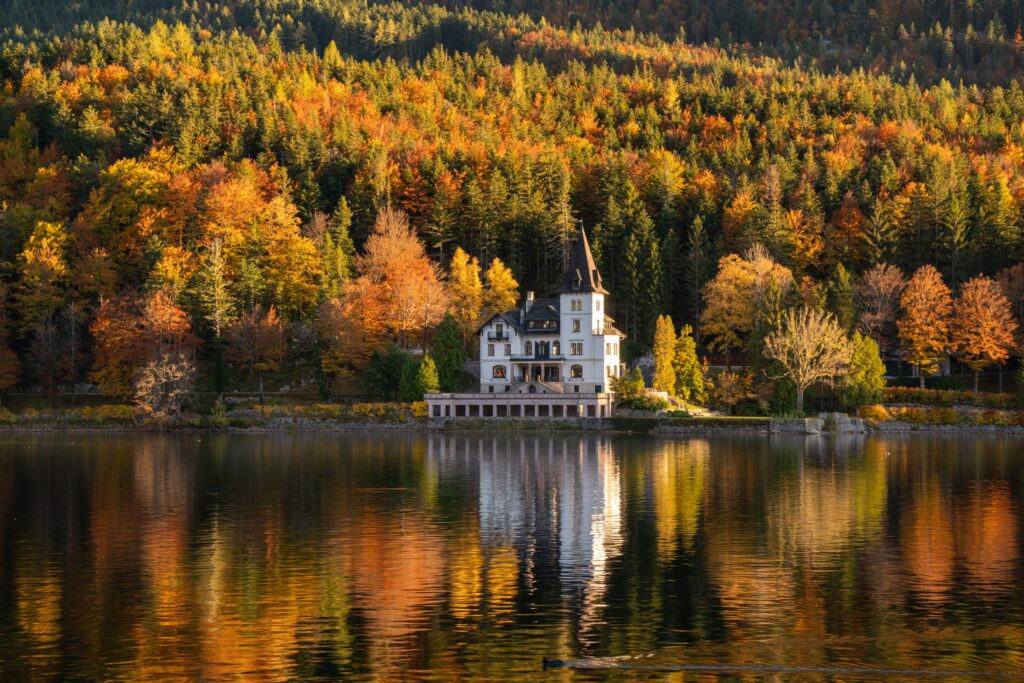
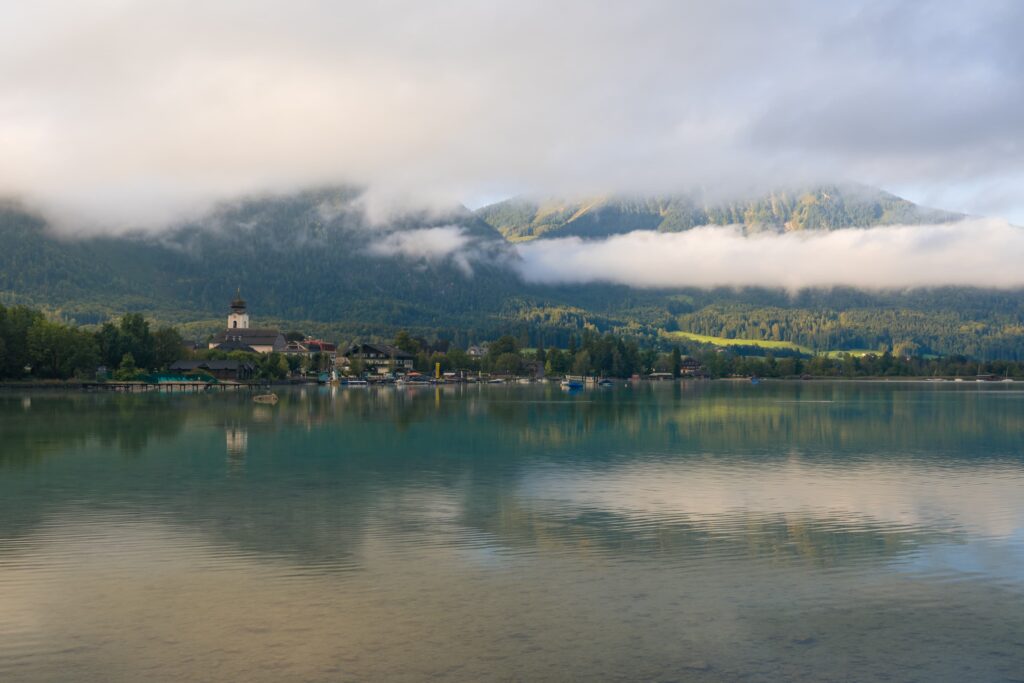
On Wolfgangsee there is St. Gilgen and Strobl. In our opinion Strobl is the more romantic of the two, often with a local market directly on the lake shore. It’s got a lovely public swimming area and some decent restaurants. One place even serves vegan pizzas, which we were extremely happy to find. From Strobl you can walk along the romantic board walk or a hike a bit further to a secret beach. There’s some more info in the St. Wolfgang section above. There’s also Traunkirchen, which we’ve mentioned, Altaussee, Mondsee and the various villages around Attersee. Basically, you cannot go wrong.
Dürnstein & essentially all of the Wachau
Dürnstein in the Wachau region might also be familiar to many people. Compared to Hallstatt, however, the town remains relatively unknown. With the Danube in front, vineyards and steep rock walls behind, Dürnstein is the highlight of an already impressive landscape. Strolling through the narrow streets or enjoying a glass of wine, you can feel the weight of history in this place, surrounded by medieval buildings, an important abbey and castle ruins. In the castle ruins above the town, which you can hike up to, Richard the Lionheart was held captive in the 12th century. While that’s not as long ago as the salt mining in Hallstatt, which began around 5000 BC, the ransom for the captured king was so high that the entire city of Wiener Neustadt was built with it.
There are some incredible hikes around Dürnstein, including one of our favourites to Vogelbergstein – although not for the faint-hearted! There are some steep drops but the views are magical – and the final descent down into the castle ruins through gigantic rocks perfect for climbing make for great exploring.
Naturally there are also lots of cycling routes, you really can’t go wrong in the area. Which leads us to the general point that the whole of the Wachau, the UNESCO world heritage wine growing region, and to be honest, the whole Danube region, at least as far as Linz and possibly further, is incredibly impressive. There are countless other gorgeous villages, castle ruins, churches, look out towers, fascinating natural rock formations, vineyards and more.
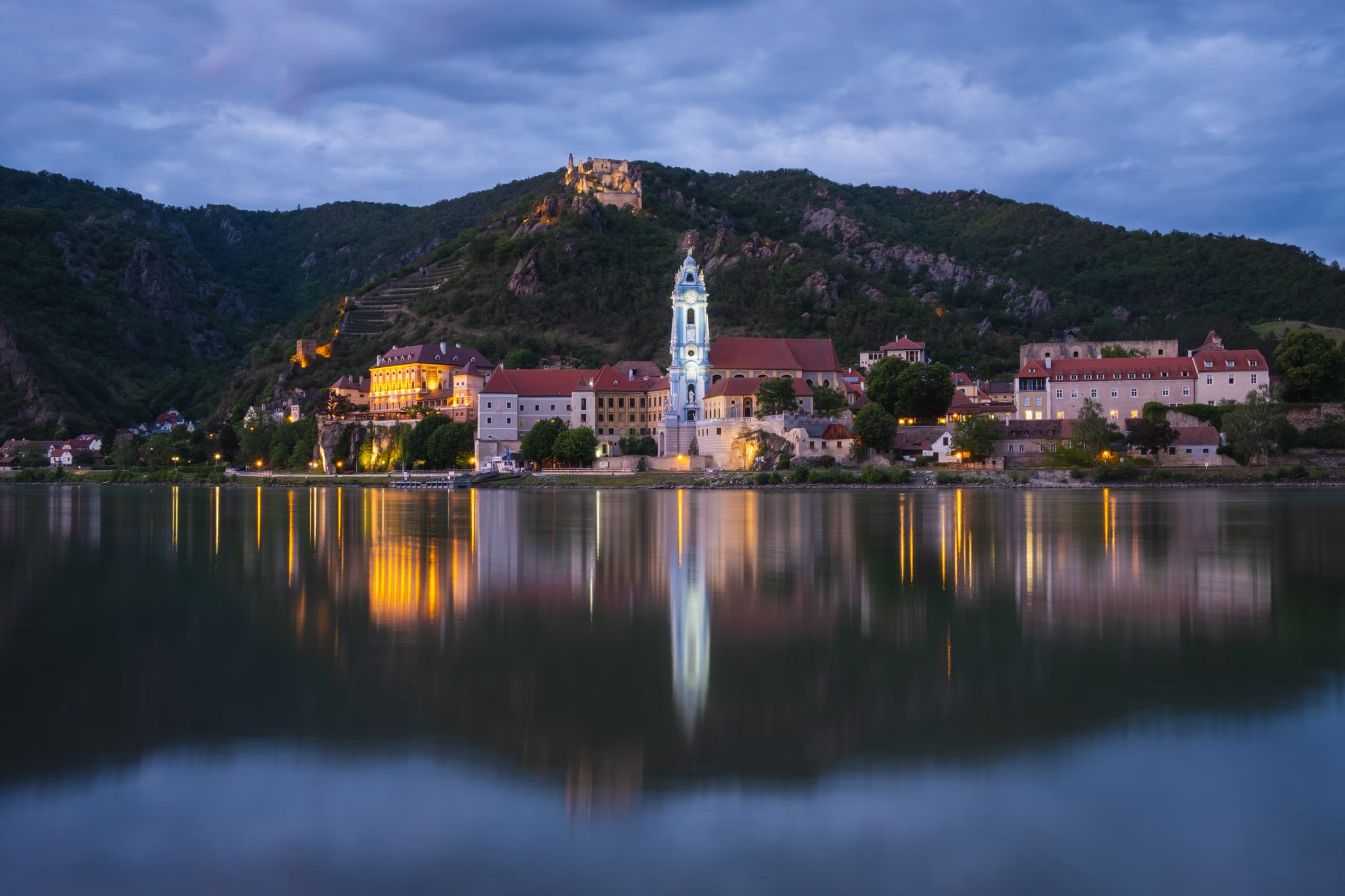
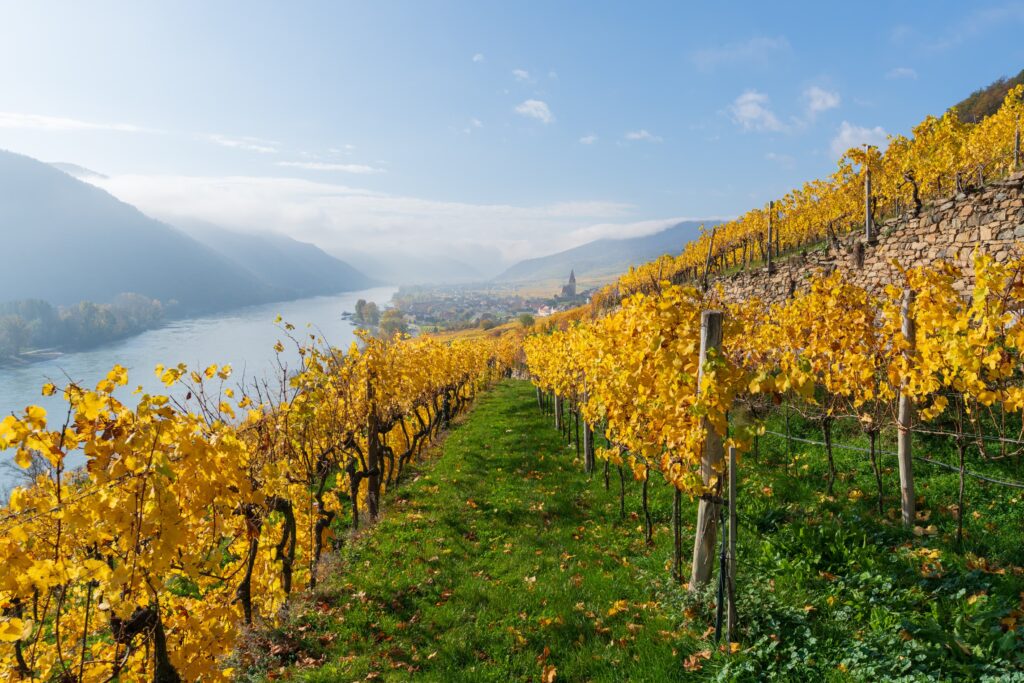
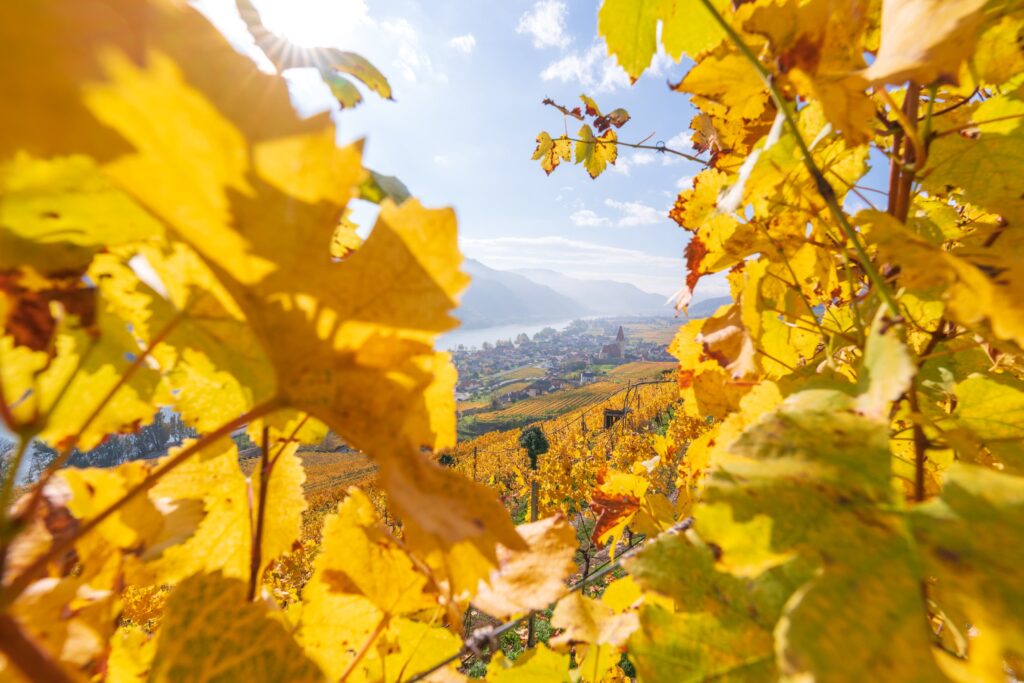
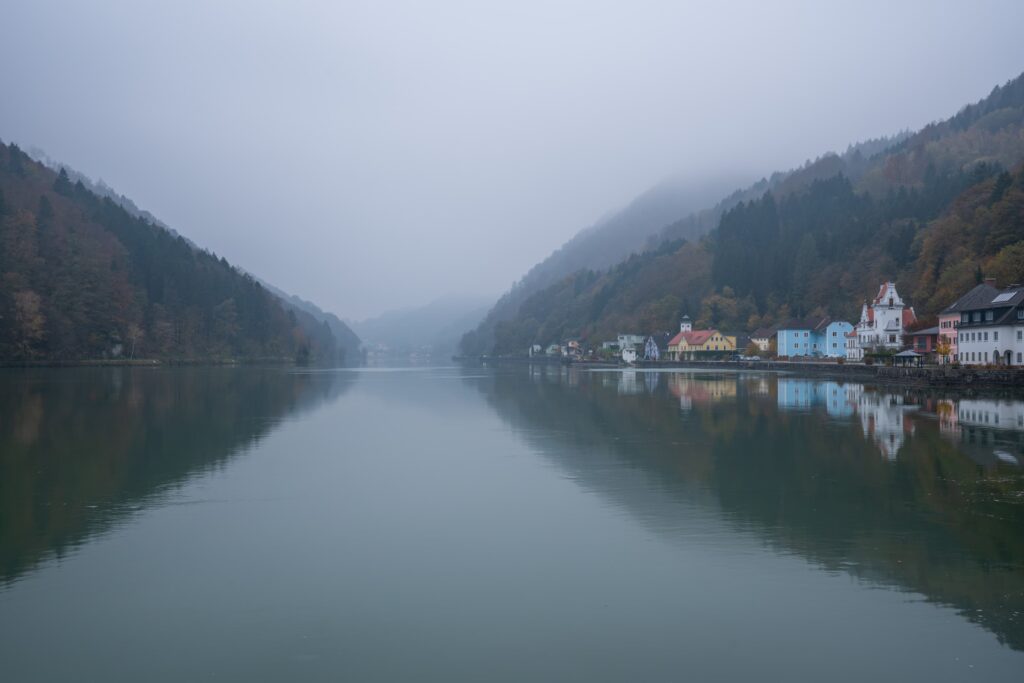
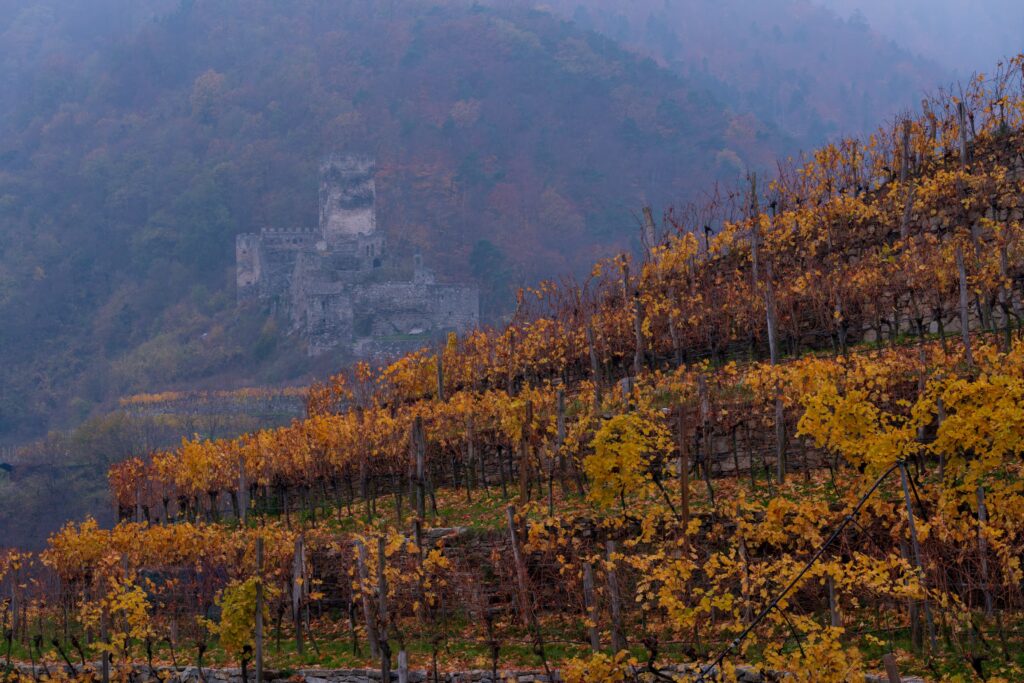
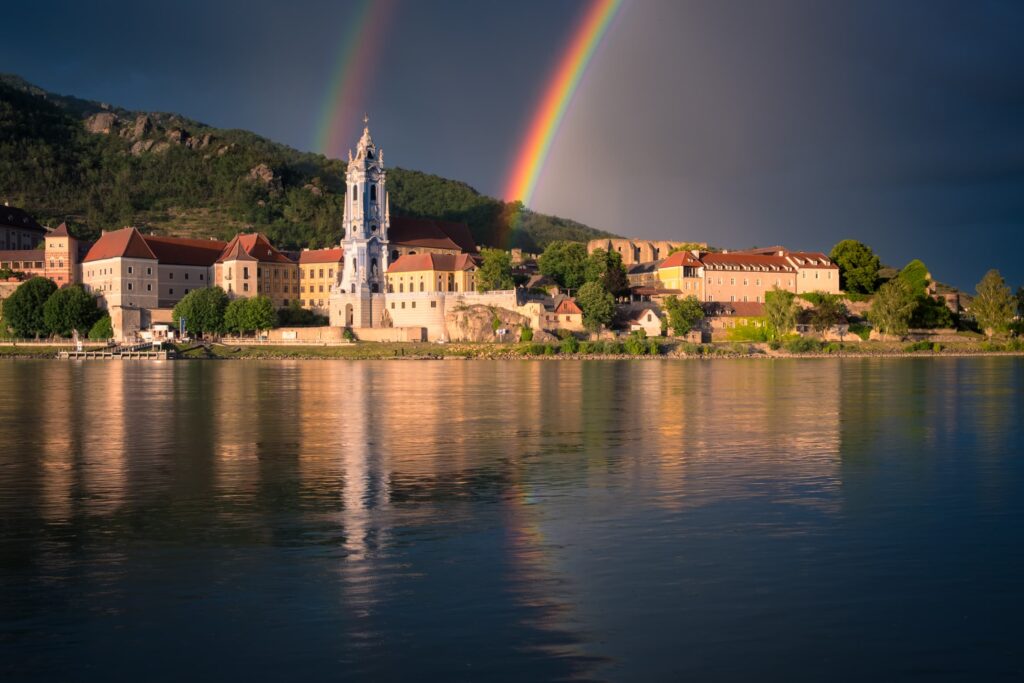
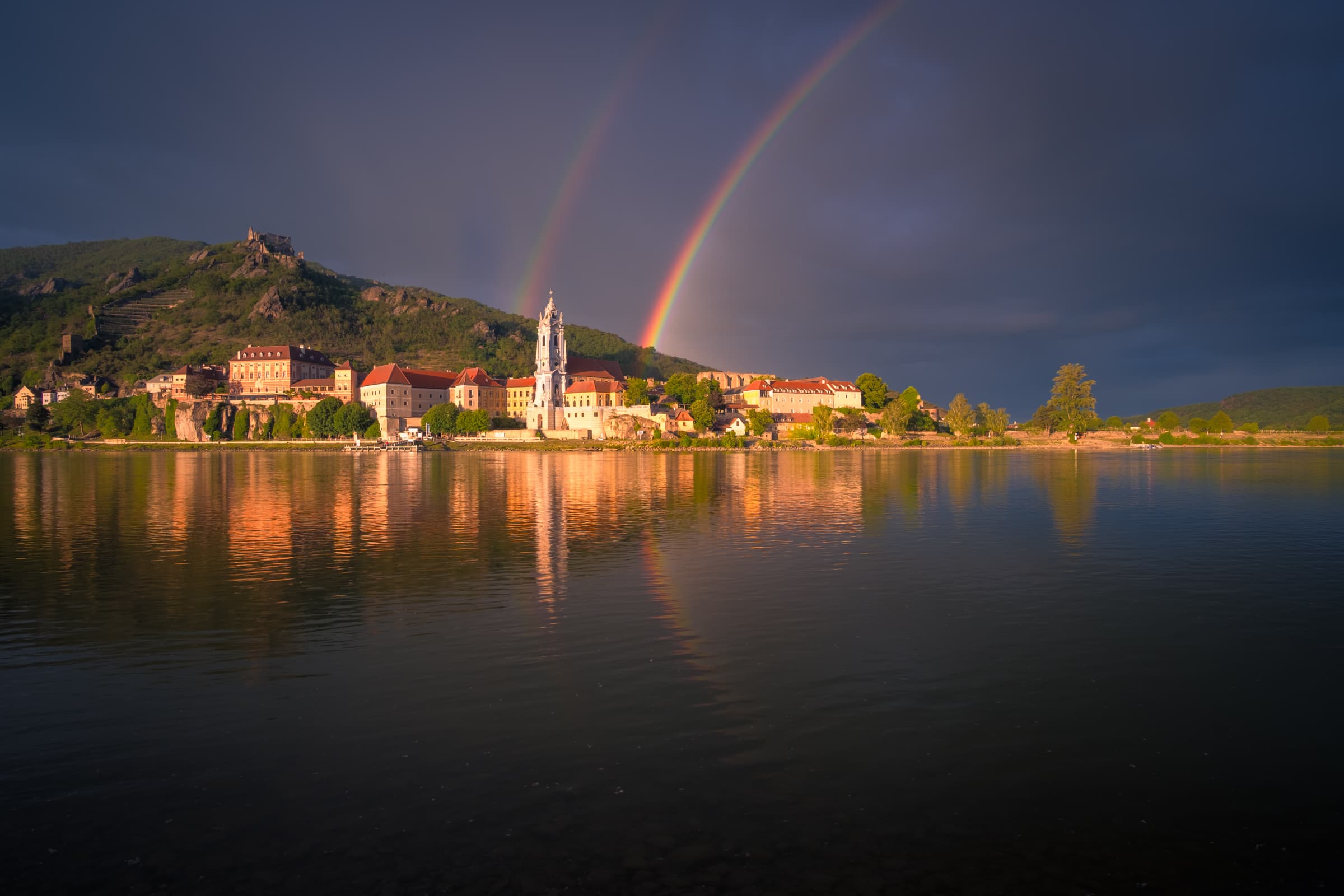
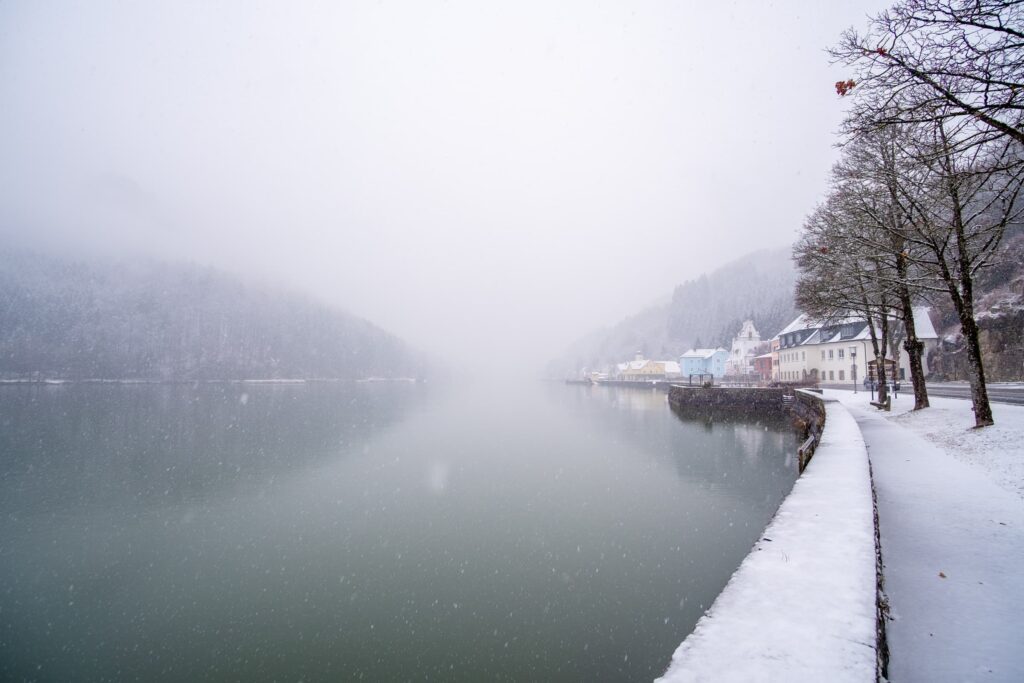
What to do in the Wachau?
The Wachau is very easy to get to from Vienna on public transport, you can take the train to Krems or Melk and explore from there. We recommend taking your bike with you.
Some of our favourite villages, and things to do and see in the area:
- Weißenkirchen – Especially in autumn for the vineyards and spring for the cherry blossoms. The panorama path is excellent with spectacular views through the vineyards.
- Stein an der Donau (we will delve into Stein a little more in the next section)
- Krems – A small university city with a really nice old town and architecture
- Spitz – Another small village, about a 30 minute bike ride from Weißenkirchen. Spitz has two (!) castles – one in the centre of the old town and one older ruin on the mountain side, watching over the Danube. There is also the Rot Tor an old Roman gate. It’s just outside of the village up the mountain and super nice in spring through the blossoming trees with sublime views back into the valley. Finally the Tausendeimerberg is incredible to walk up and around, through the vineyards. It’s a maze of pathways and vine tunnels. You can also find great views on to the Hinterhaus ruins.
- Aggstein – A tiny village on the other side of the Danube, it’s cute – but what’s more interesting is the castle of the same name high above, with sweeping views over the valley. And it’s almost entirely hidden from below. There are also some cool climbing gardens nearby.
- Emmersdorf – A small village opposite Melk with a pretty arched train bridge passing through the middle.
- Sarmingstein – A tiny village with a cool old tower ruin and some nice nearby walks to vantage points up the steep valley mountains sides.
There are so many other things to mention, castles, palaces, churches, hikes, bike rides, etc, etc. There is pretty much a castle every 10 meters in the Wachau. Don’t forget Melk Abbey, Göttweig Abbey and Schönbühel.
Stein an der Donau
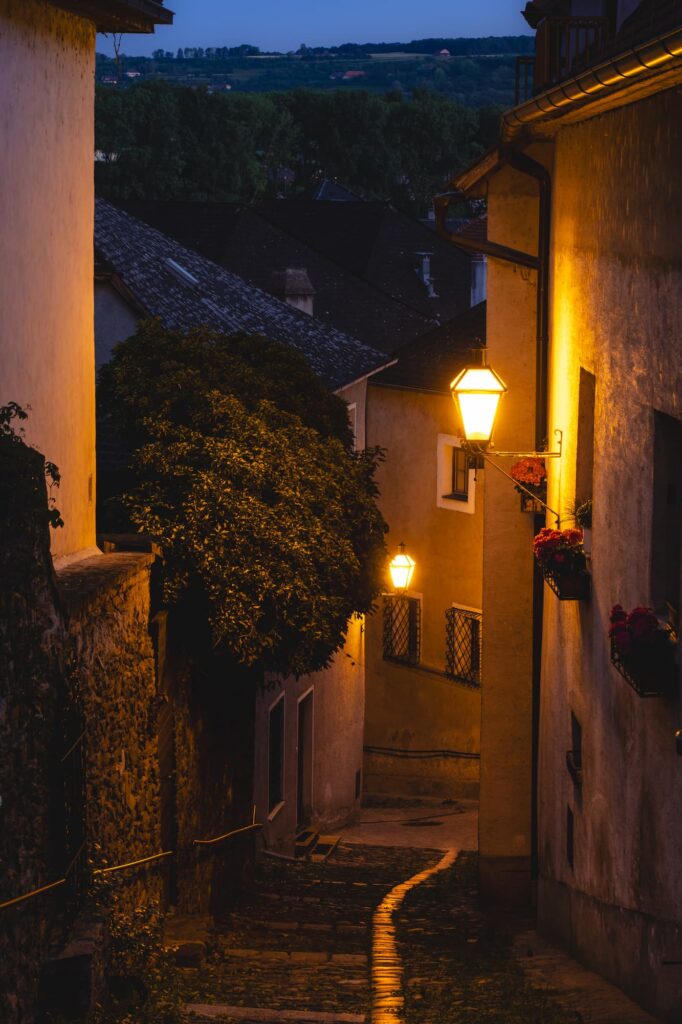
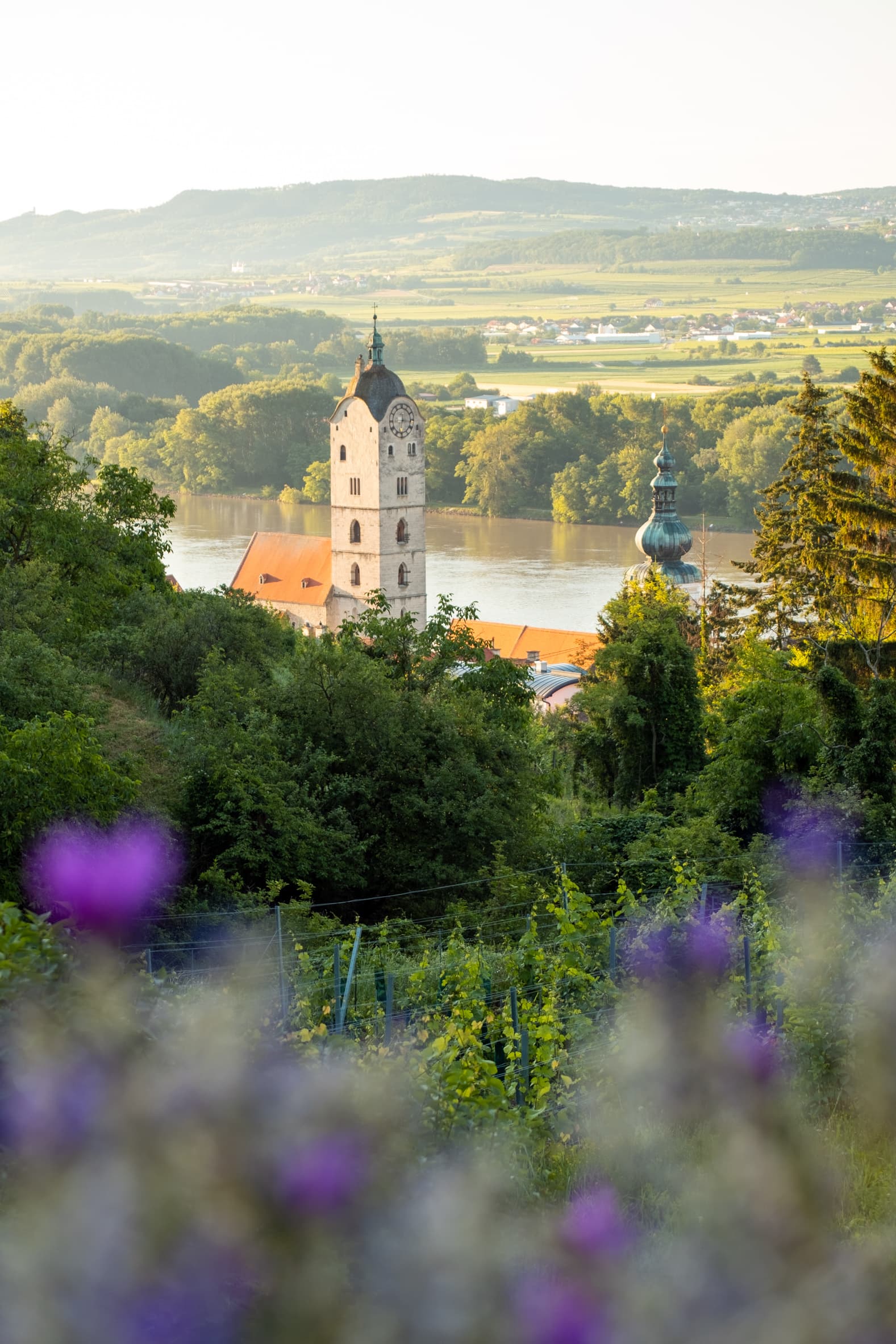
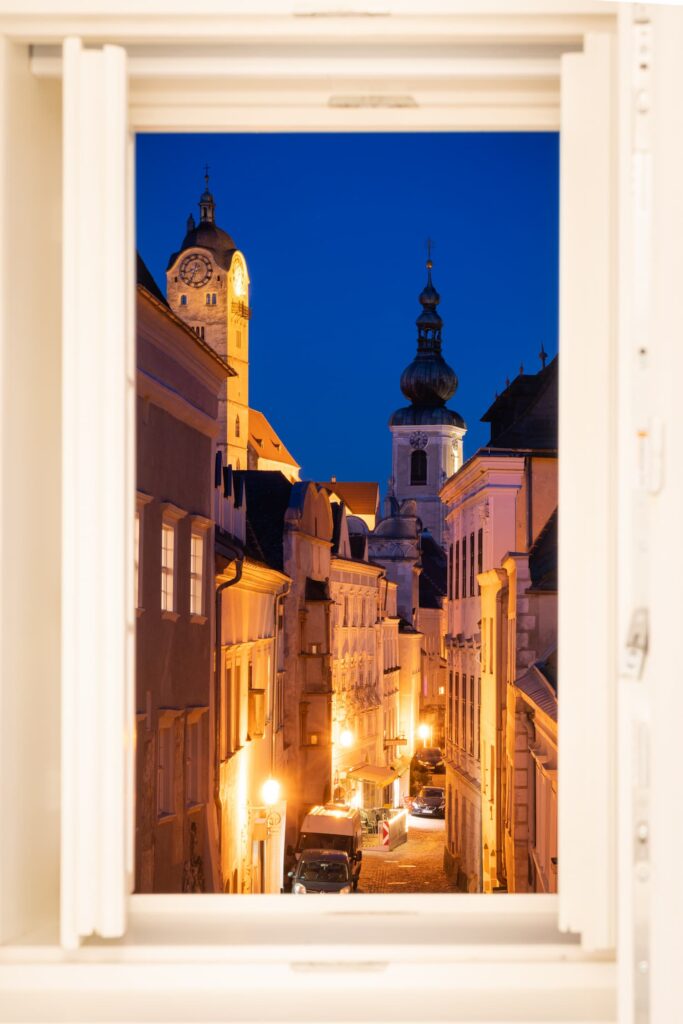
Stein is another favourite of ours, it’s a little village just on the outskirts of Krems. Which is also another great destination but it’s more of a city than a village. So it doesn’t really fit the criteria. However, if you visit Stein, most likely you will visit via Krems. So be sure to explore the old medieval cobbled streets and buildings including the winding paths and covered wooden staircases which lead up to the church – there is almost a Mediterranean vibe here on warm days.
Anyway, why Stein is so captivating for us: it’s split into two parts, the lower and upper sections. The lower section being basically one street squashed between the Danube and a rock face. The street is long and full of stunning medieval structures. Impressive gates guards the ends with churches, towers, cobbled paths and hidden walkways everywhere. The higher section sits above with Frauenbergkirche (Lady’s mountain church) at its helm. From the upper section you have impressive views across the Danube to the nearby villages and the distant monastery on a mountain, Göttweig.
If you keep on walking up you will pass through Kellergassen and as you gain height, even more impressive views unfold.
Finally, it’s worth mentioning that there is a really nice Mexican restaurant in Stein named Mezcal.
Hiking inspiration
Friesach
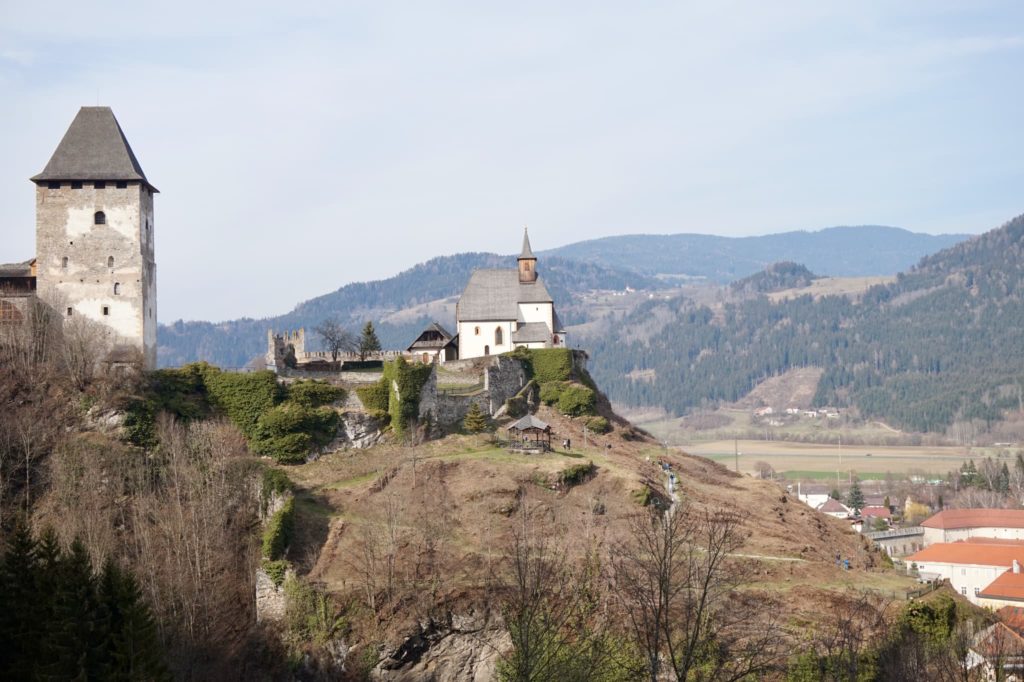
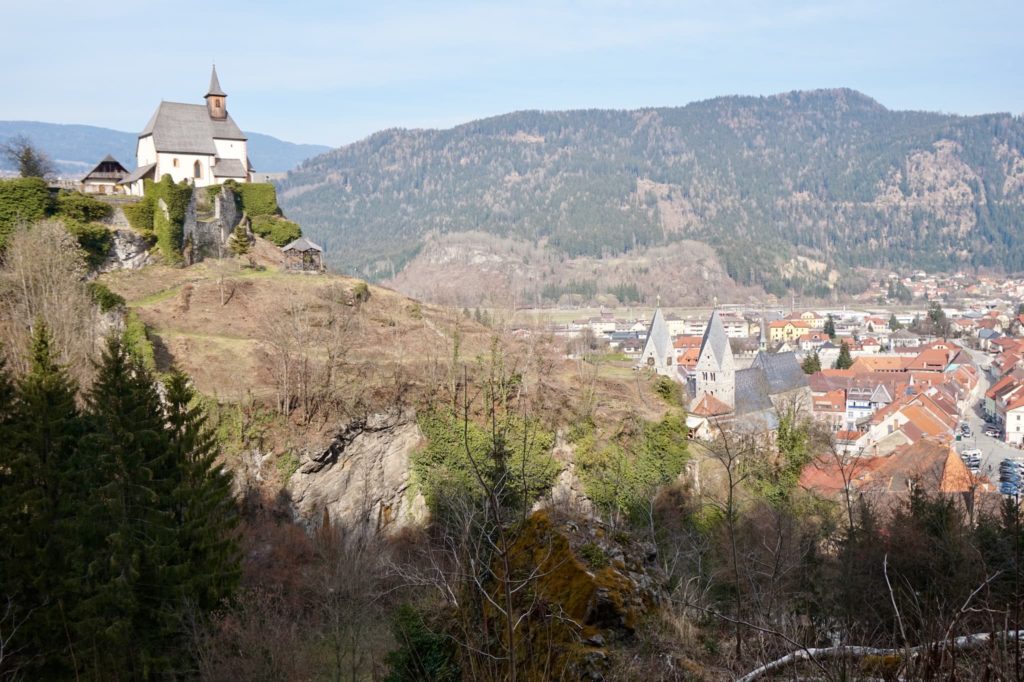
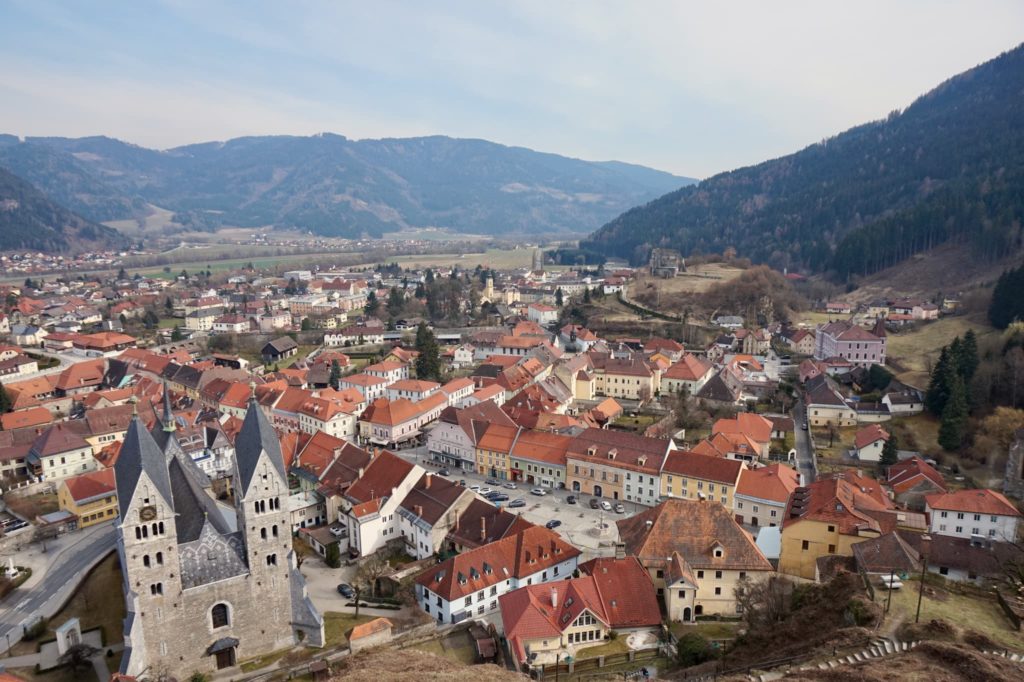
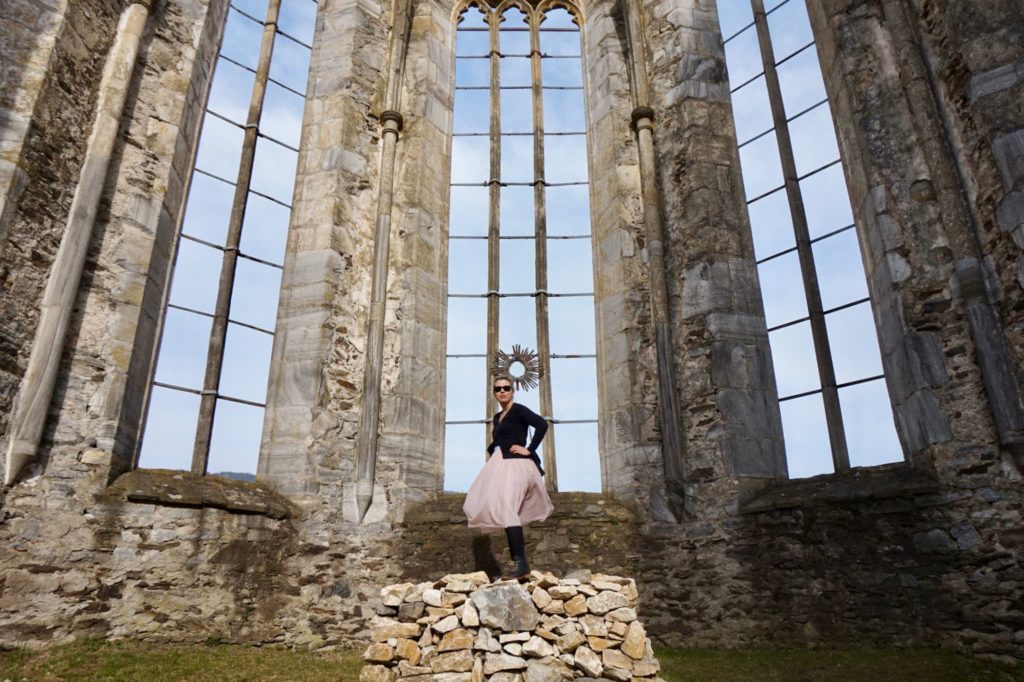
This town is Caroline’s absolute favorite, a real insider tip. Located in northern Carinthia, Friesach was already settled in Roman times. Back then, the Via Julia Augusta (a major roman road) ran through the center of town, right where today’s main street lies. Friesach is a gem of medieval architecture. As evidenced by the entire old town and especially the remarkable Petersberg Castle that looms over the city. Anyone strolling through the town will also quickly notice the numerous churches. The most unusual of these is the Virgilienberg Church Ruin, from which you get a spectacular view over the town. Don’t miss the castle project, where a medieval castle is being reconstructed by hand. Also, the Craigher chocolate factory, and the annual medieval festival, Spectaculum, are worth a visit.
Mariazell
Technicalllly, Mariazell does not fit the criteria. It’s not directly on a lake or a river. BUT there is a very beautiful lake just a short ride away. Not to mention it lies in the valley of the stunning Salza river. There are waterfalls in the area and last but not least the mighty Ötschergräben is nearby – a majestic canyon with many waterfalls, sometimes referred to as the Austrian grand canyon. We think the vast array of nearby water features make up for it!
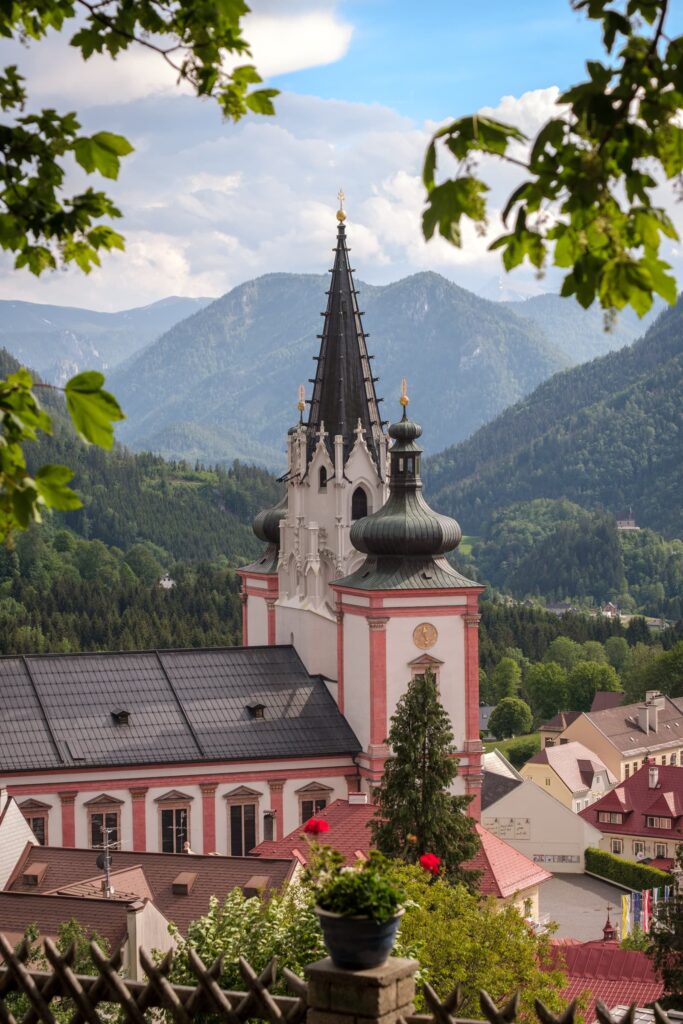
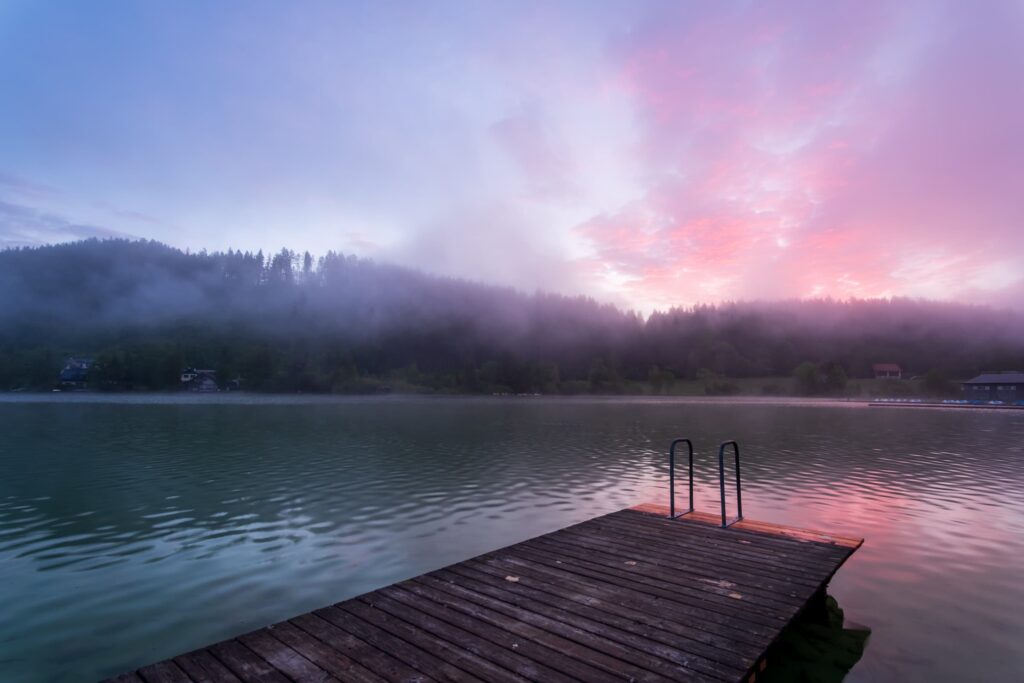
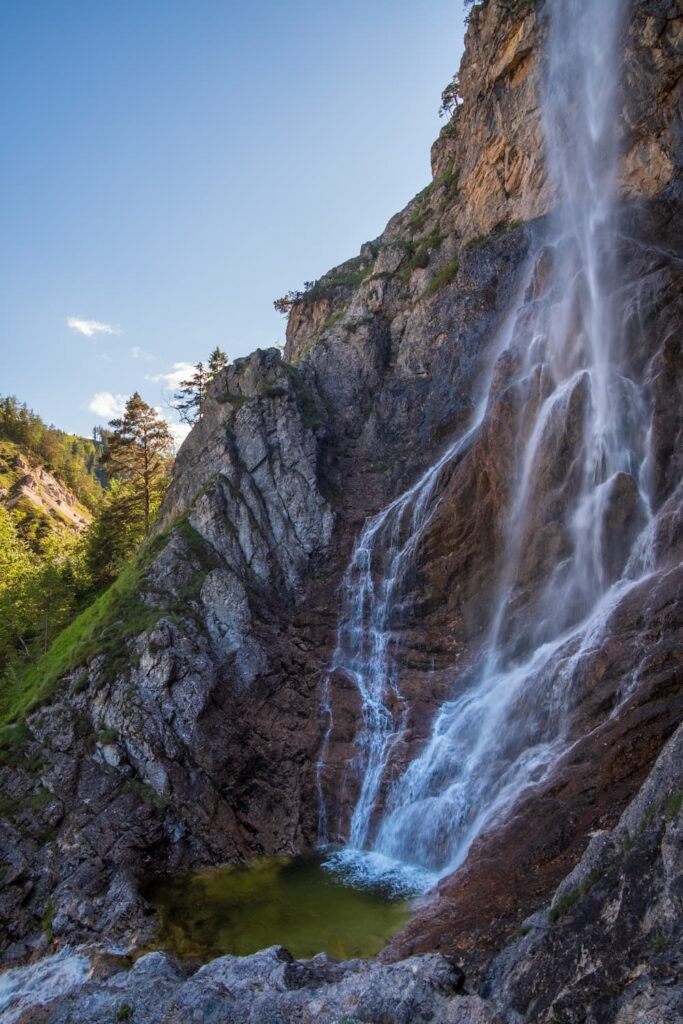
Mariazell is a famous pilgrim destination, for the basilica houses a carved image of the Virgin Mary. Supposedly featuring healing powers. Otherwise, the area is known for its winter mountain sports. In the summer there are many hiking opportunities as well as water sports on the river. It’s also possible to camp at Erlaufsee, which is what we did on our first visit. A lovely minimal camp sites lies in the forest just a minute walk from the lake.
As mentioned there are countless hiking opportunities. Some of our favourites include:
- Wienerbruck to Erlaufklaus – Through the majestic Ötschergräben
- Erlaufsee round trip – A leisurely walk around the lake
- To the Sauwand – Great views over Mariazell
- There is also the Hochschwab nearby where there are many great hiking trails – but that also deserves its own post.
Of course, you can also just lounge around the village, visit the Basilica and cafes. Admire the architecture and maybe take the cable car up the Bürgeralpe mountain for a leisurely stroll at 1267 meters.
Finally there is the lovely Mariazellerbahn – a narrow gauge train which snakes through the mountains, canyons and valleys. Straight through the middle of the Ötscher-Tormäuer Nature Park, from Mariazell to Sankt Pölten. There is even a panorama car on the train and sometimes the nostalgic steam train runs!
Maria Wörth
Gorgeous churches, boat houses and magnificent villas: Wörthersee is a stunning lake in Carinthia which attracts many tourists throughout the year. There’s a few pretty churches dotted around the lake but Maria Wörth is the most spectacular, especially when smothered in golden light like below.
Carinthia is also known in Austria as the land of lakes, so it’s worth mentioning here that you can find many nice villages on many of the lakes around the county. A few worth mentioning:
- Pörtschach – Wörthersee
- Velden – Wörthersee
- Techendorf – Weißensee
- Millstatt – Millstattersee
- Feld am See – Feldsee
- Ossiach – Ossiacher See
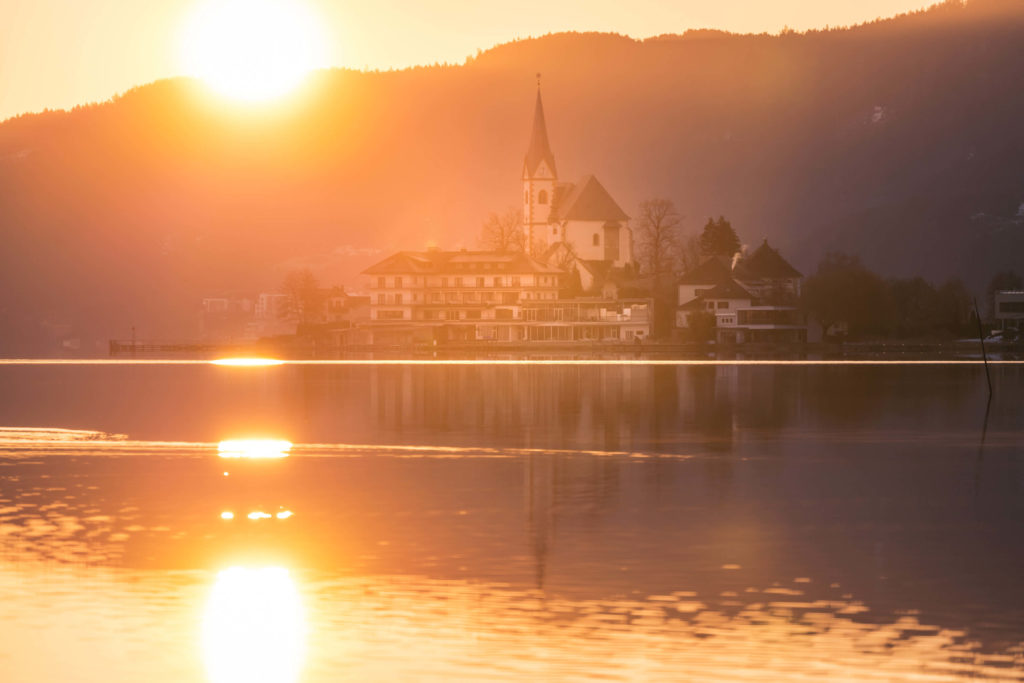
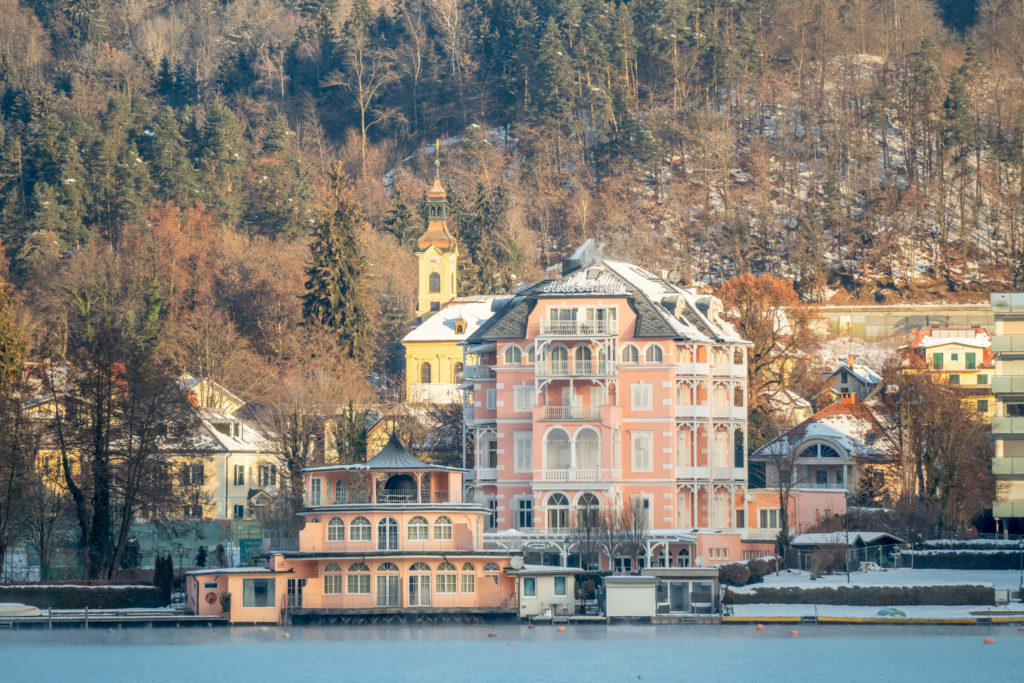
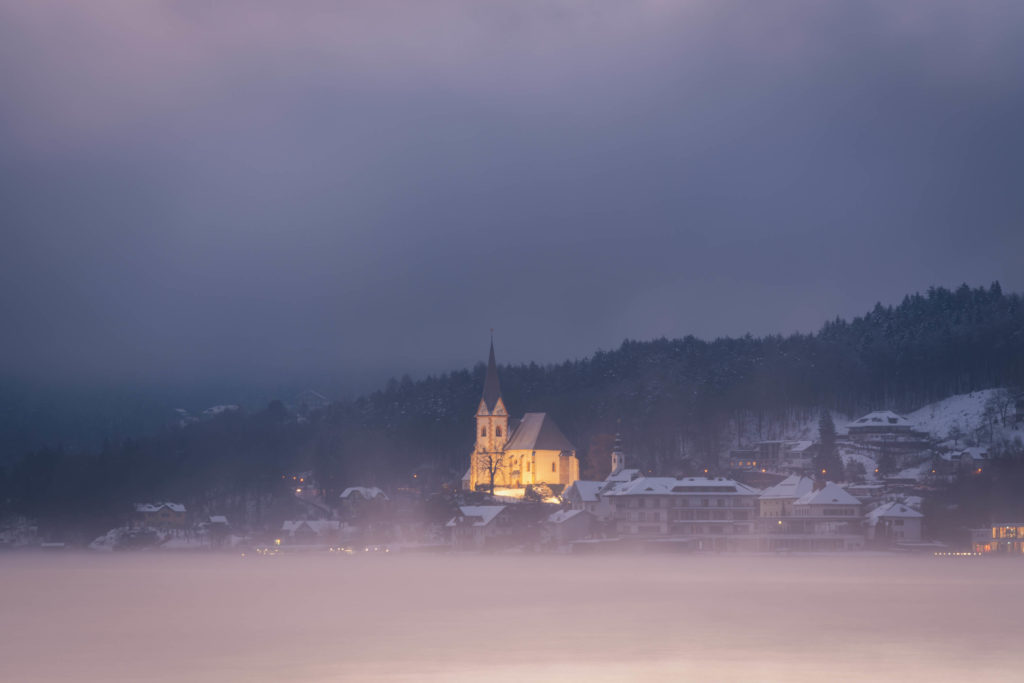
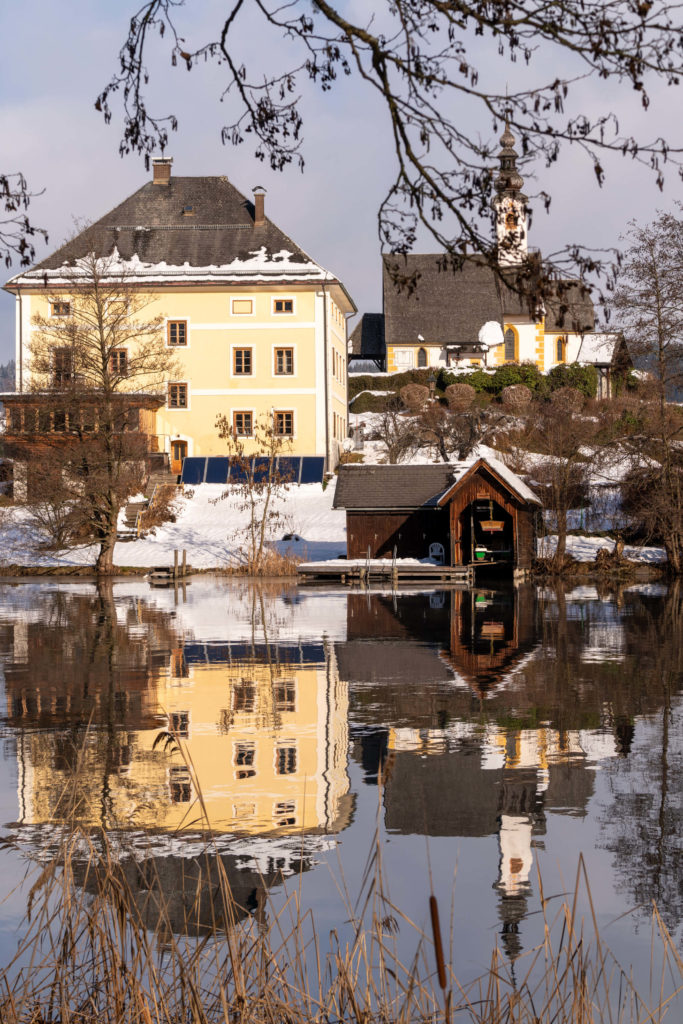
Steyr
Steyr is not really a hit destination in Austria and we’re not entirely sure why. It has a gorgeous medieval city centre and is situated at the confluence of two rivers: The Steyr and the Enns, both very pretty rivers. They make for great cycling tours with various swimming spots. Directly in-between the confluence is a baroque palace on a hill which the old town rises up towards. The marketplace is particularly large and car free, making it great for warm evenings to wine and dine al fresco. The hotels are nicely priced, we once stayed in the Stadthotel situated directly on the main square in a lovely tall medieval building with a window looking over the square for just under 100 euros. For Austria, this is a really great price for the quality.
If there was ever a Venice in Austria, Steyr would come close. There are various bridges over the rivers and streams which make for romantic walks with captivating views. The old town is littered with tiny alleyways, giving it that true medieval maze like feeling.
There are some really fantastic, medieval buildings in Steyr. Most of them you will see on the main square but there is also the Blumauerhaus with its unusual mural covering a bridge over the cobbled street leading to the palace. A little outside of the old town is the Schnallentor, a wonky, asymmetric, exceedingly cute medieval city gate. If you make it that far, you should also stroll along Taborweg, a panoramic pathway leading by the graveyard, to a recently built panorama lift and viewing platform with nice views over the roofs and spires to the rolling green hills of Mostviertel in the distance. Finally, you can visit a small exhibition in a tunnel built by prisoners of war during the Nazi reign in Austria, at the bottom of the lift.
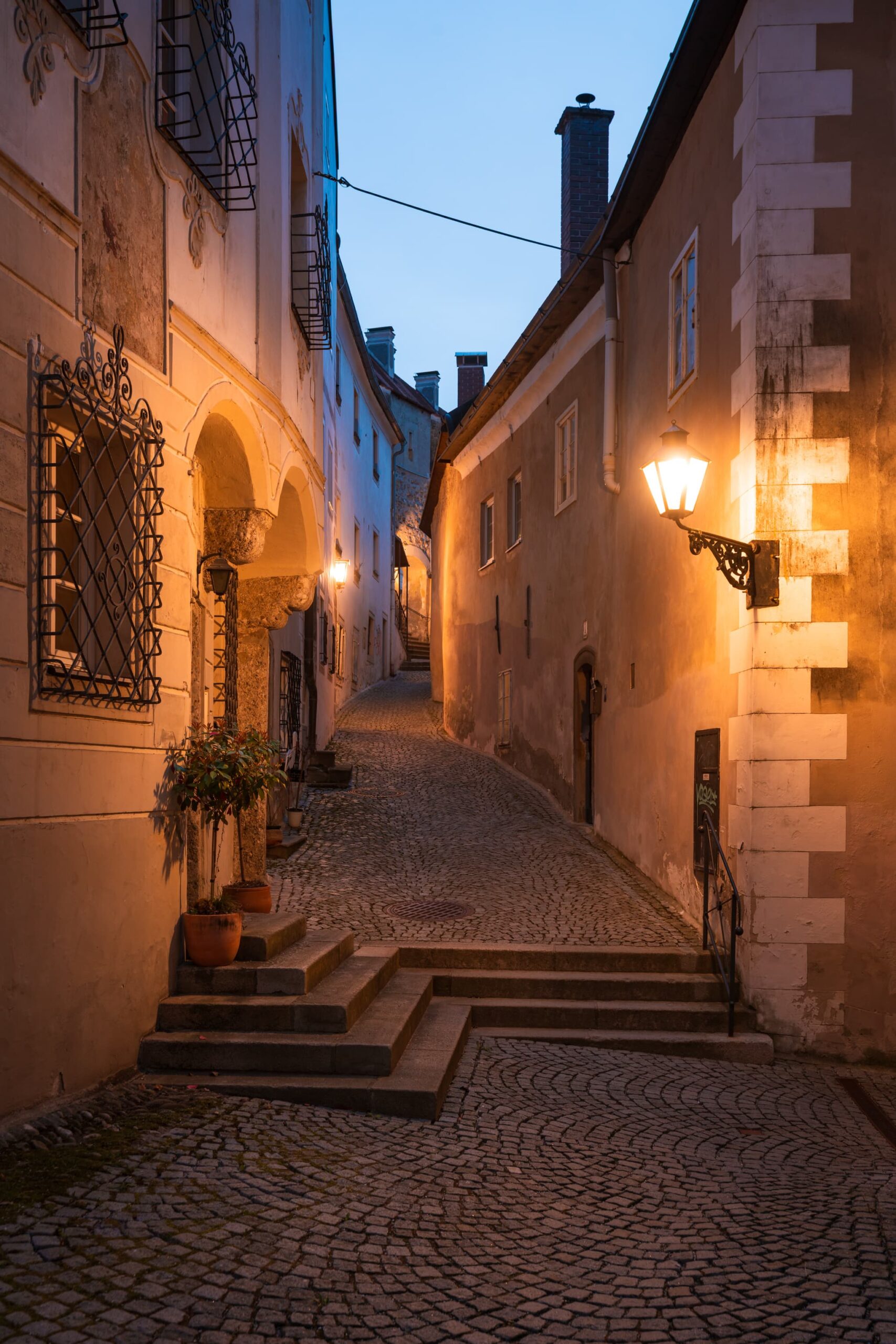
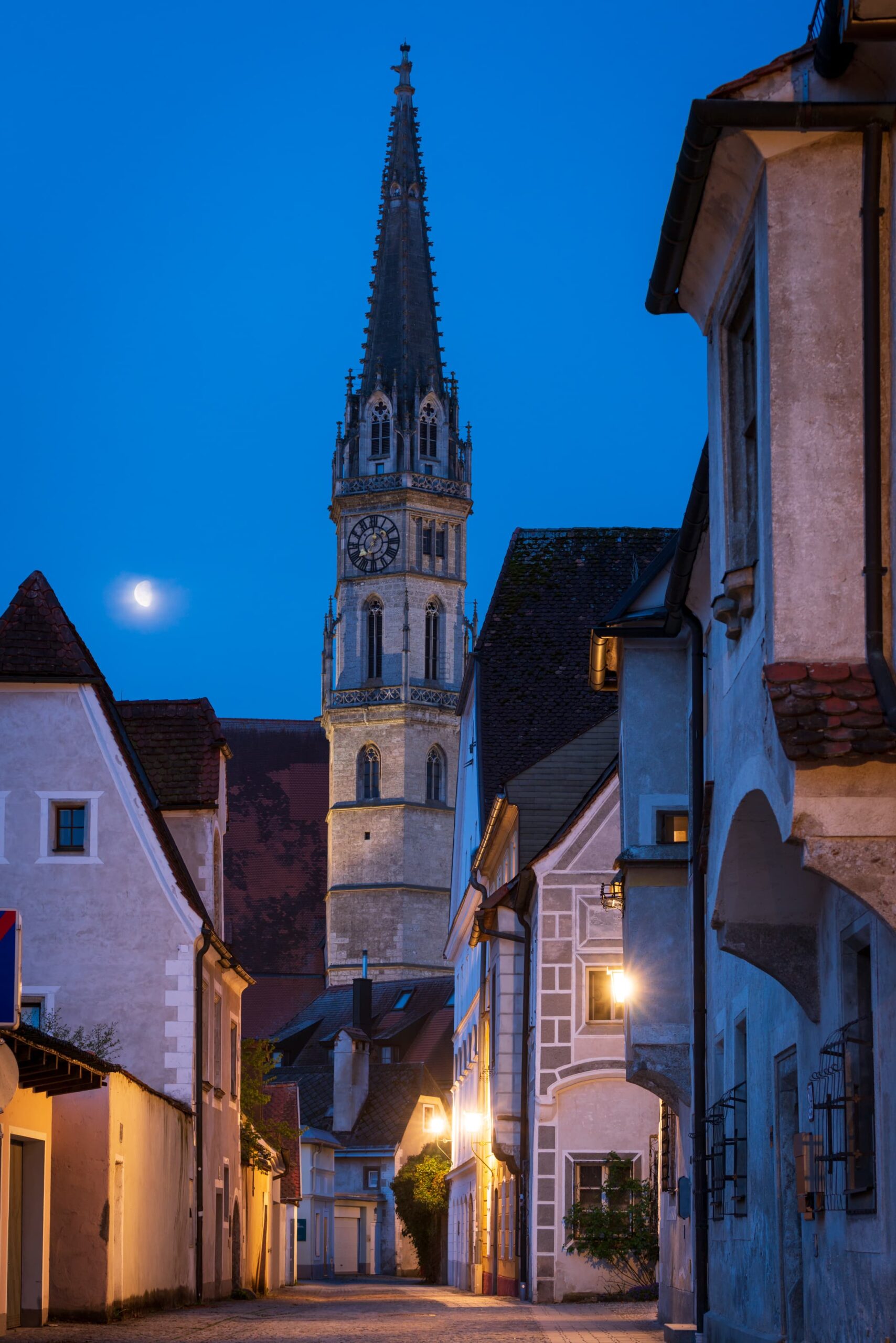
Lunz am See
Lunz am See is an underrated destination nicely within reach of Vienna. It’s a bit tricky on public transport but can absolutely be done when you combine trains and busses. While you can technically do it as a day trip, we would recommend at least staying for the weekend to make it worthwhile. There is a campsite in the main village on the river which is fairly nice if you get a good pitch.
The main village is just away from the lake, but on the lake directly are some restaurants, boat houses and a few other buildings. If you squint your eyes hard enough, it somewhat resembles Hallstatt – yes, we know we are stretching the limits of our criteria. Regardless, the lake is gorgeous. In summer, it’s a swimming paradise. A forested path traverses the back side of the lake providing ample secluded swimming spots.
As is usually the case in Austria, there are multiple hiking options to keep you busy, one particularly nice tour ascends gently through a succession of higher lakes, and returning via a ridge. This hike starts with the same first half as the previous but continues on to the Ybbstalerhütte where you can stay the night. This one is slightly easier with nice views over the lake.
As nice as it is in the summer, the magic really happens in autumn as can be seen in the pictures below. The forests are transformed into a gradient of orange, yellows, browns and reds. The lake is quiet but the sun shines on. For more Autumn in Austria – check out our photo guide!
We were laying on a boardwalk, reading a book, listening to the forest, watching a solitary fishing boat. It’s all rather peaceful until we noticed a horse galloping along the small lakeside road with two small girls haplessly attempting to give chase. Shortly after, the mother of the children erratically ran by in despair. With the help of a few locals the horse was eventually returned, unharmed. A true countryside moment.
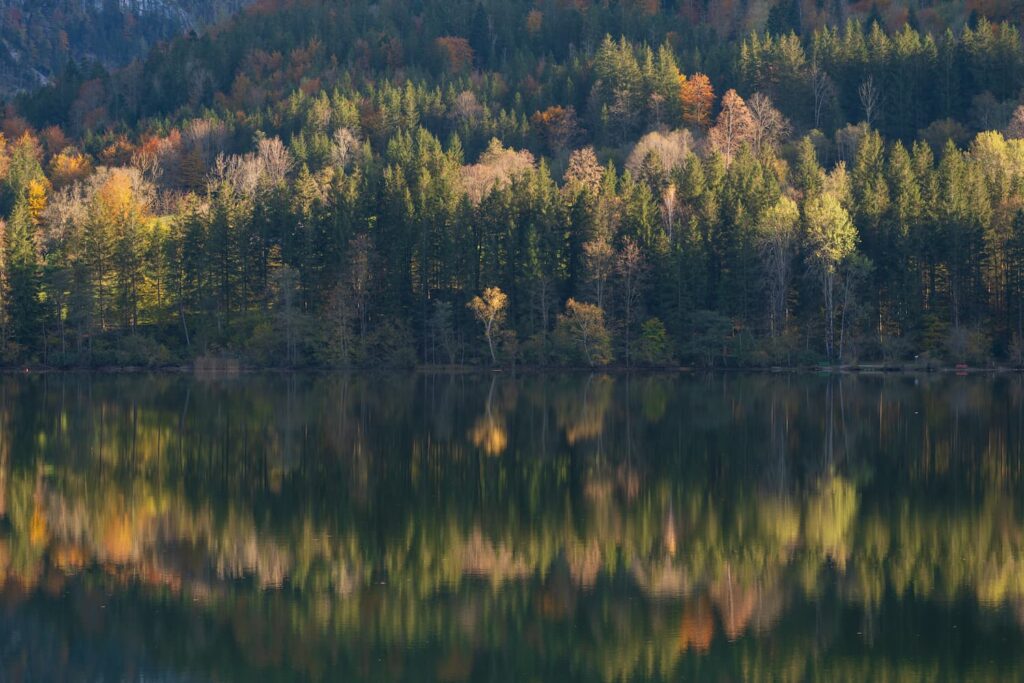
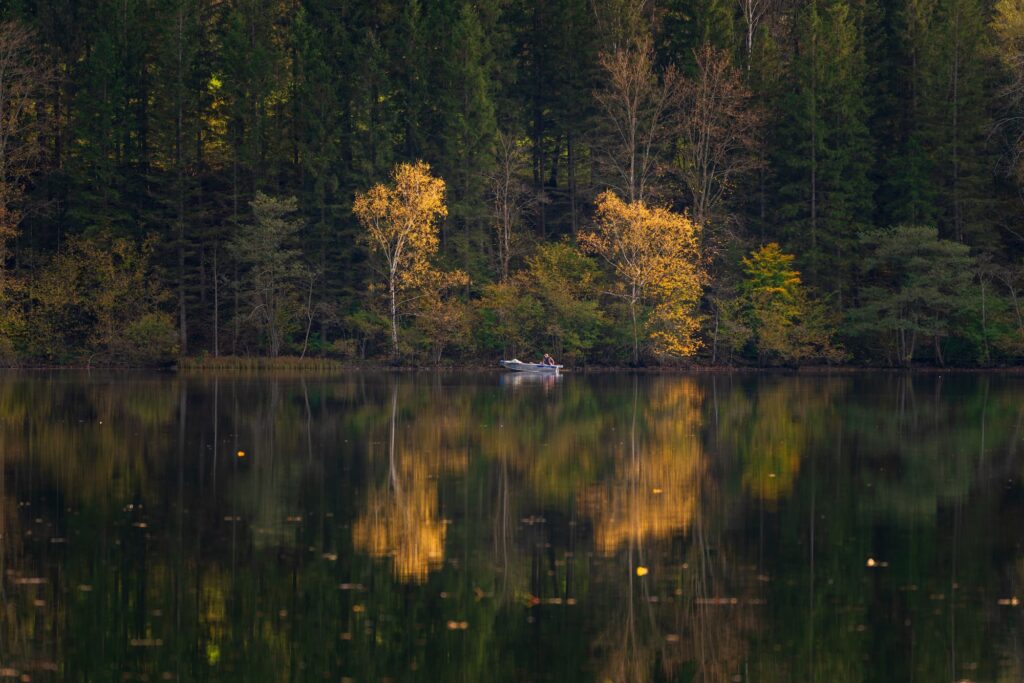
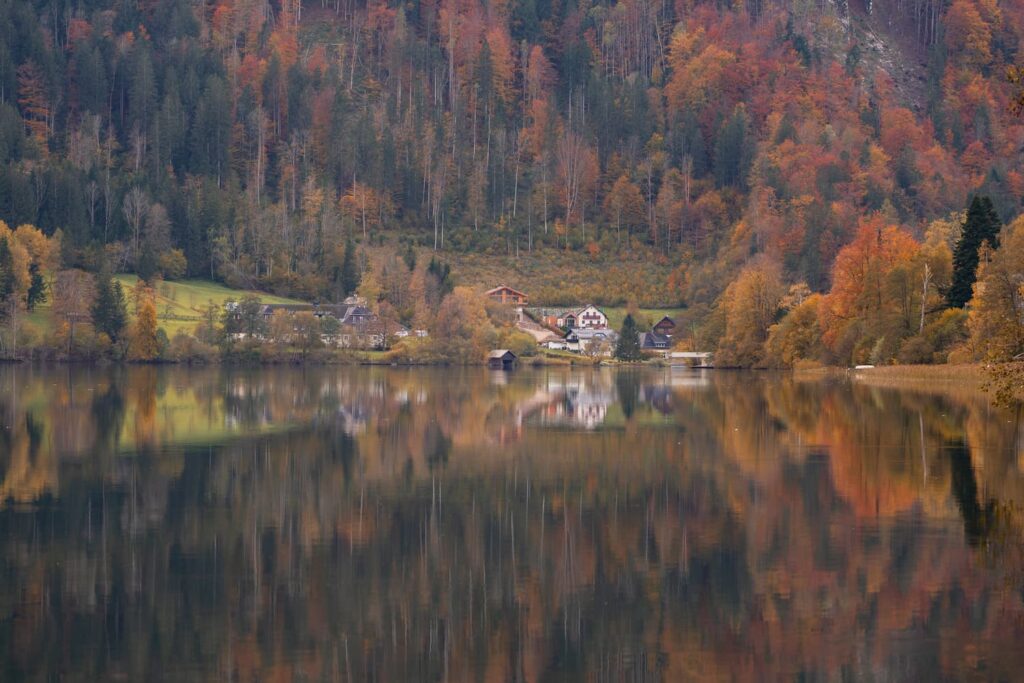
Similar but Different
All of these places have much in common with Hallstatt, such as traditional houses, impressive churches, and being surrounded by beautiful landscapes. However, you probably won’t have to jostle with other tourists for the best photo spot and ruin influencer’s tiktoks!
Let us know in the comments if you check out any of the towns and send us your favourite Hallstatt rivals!

